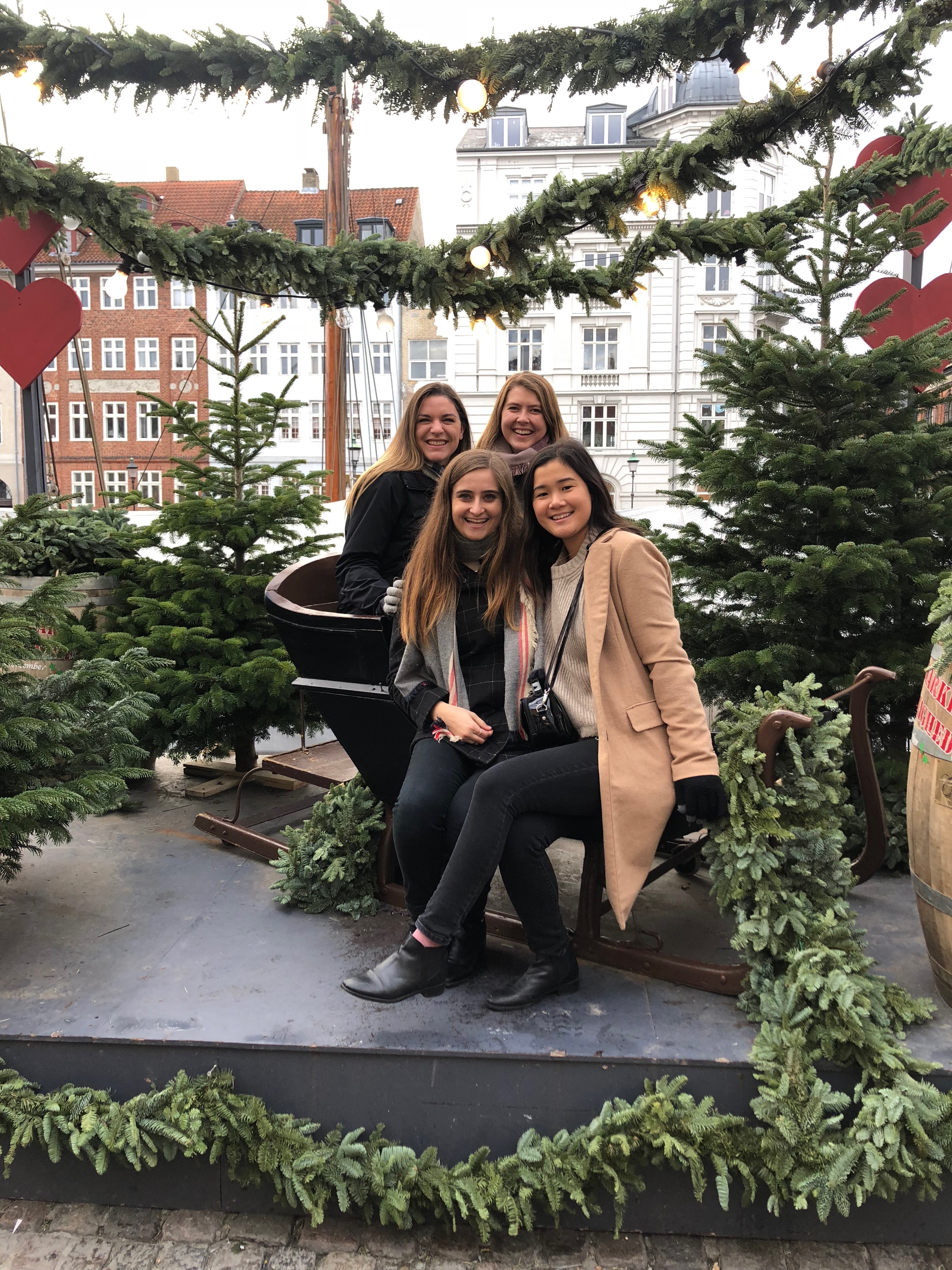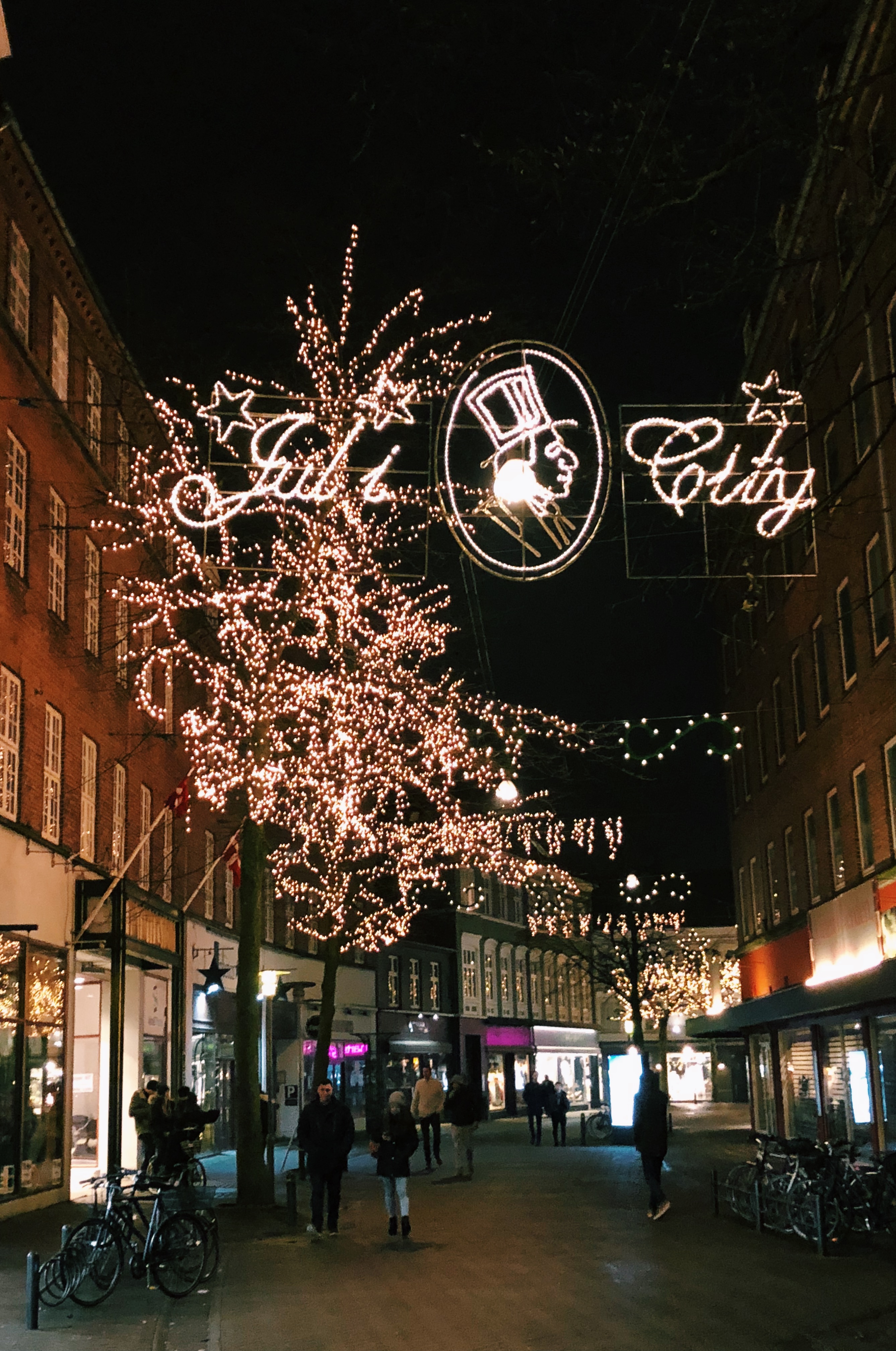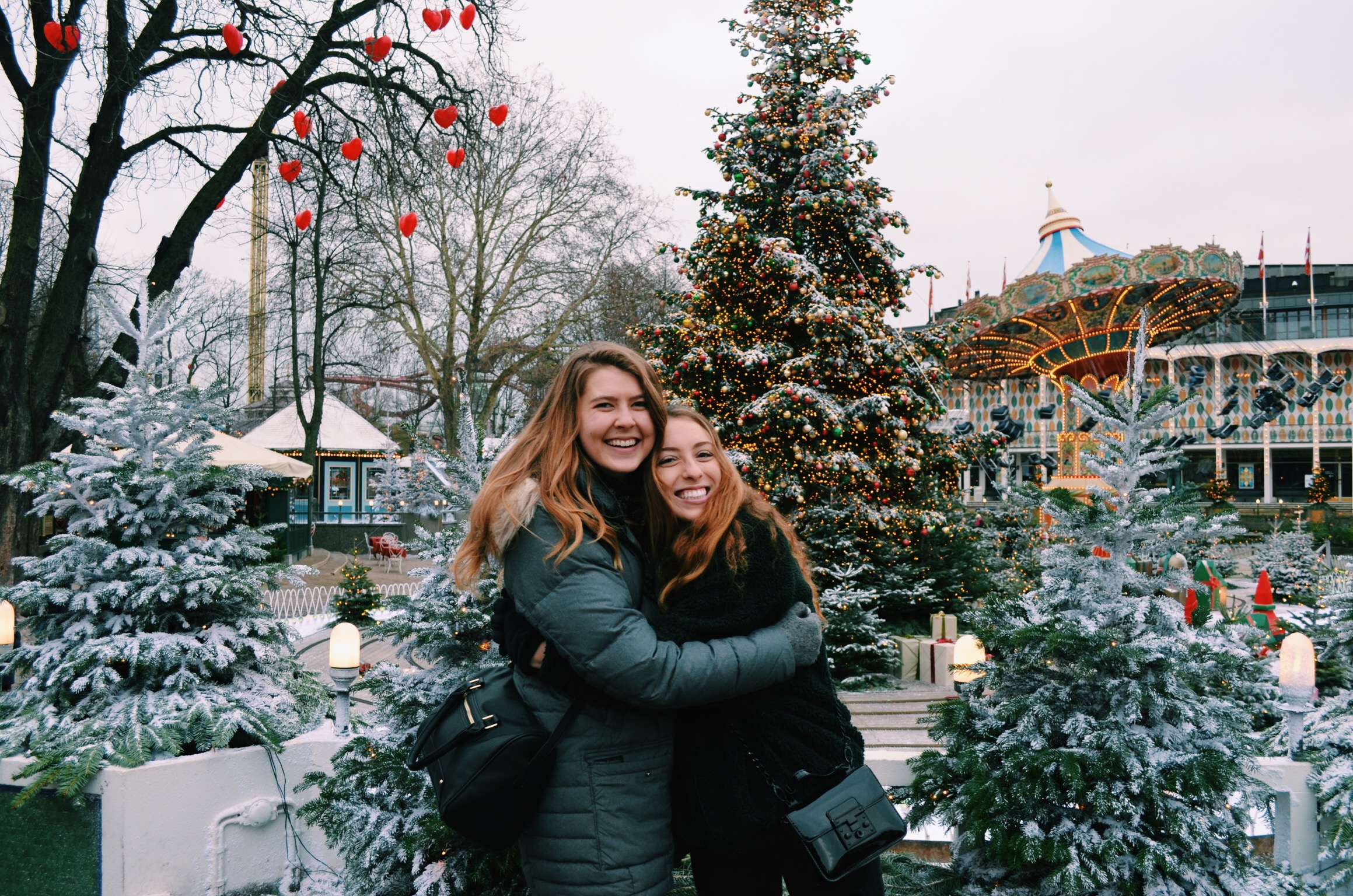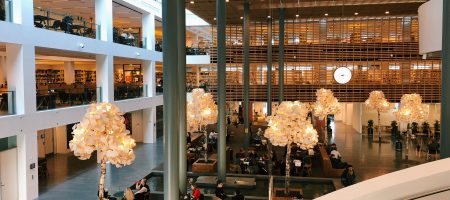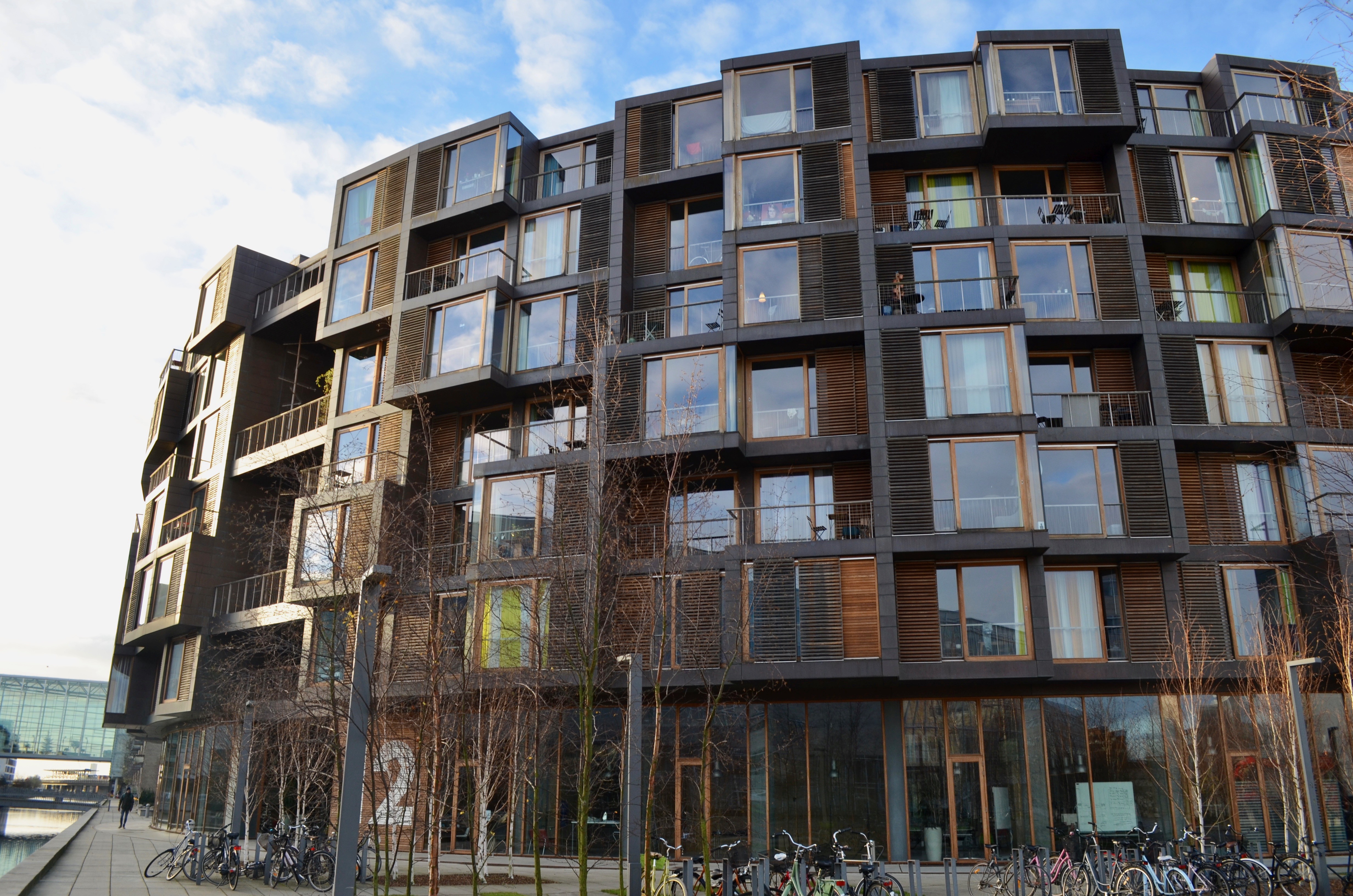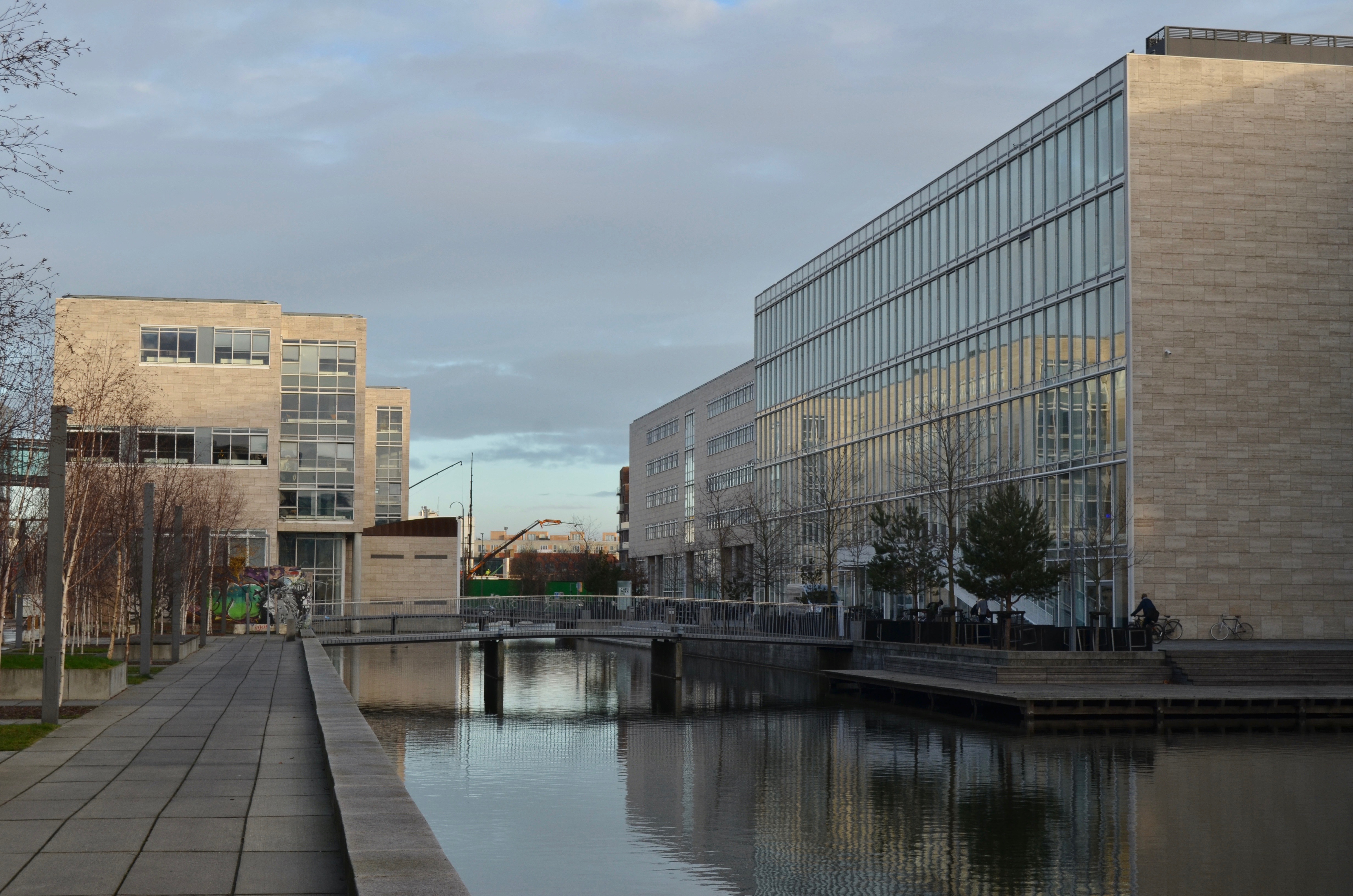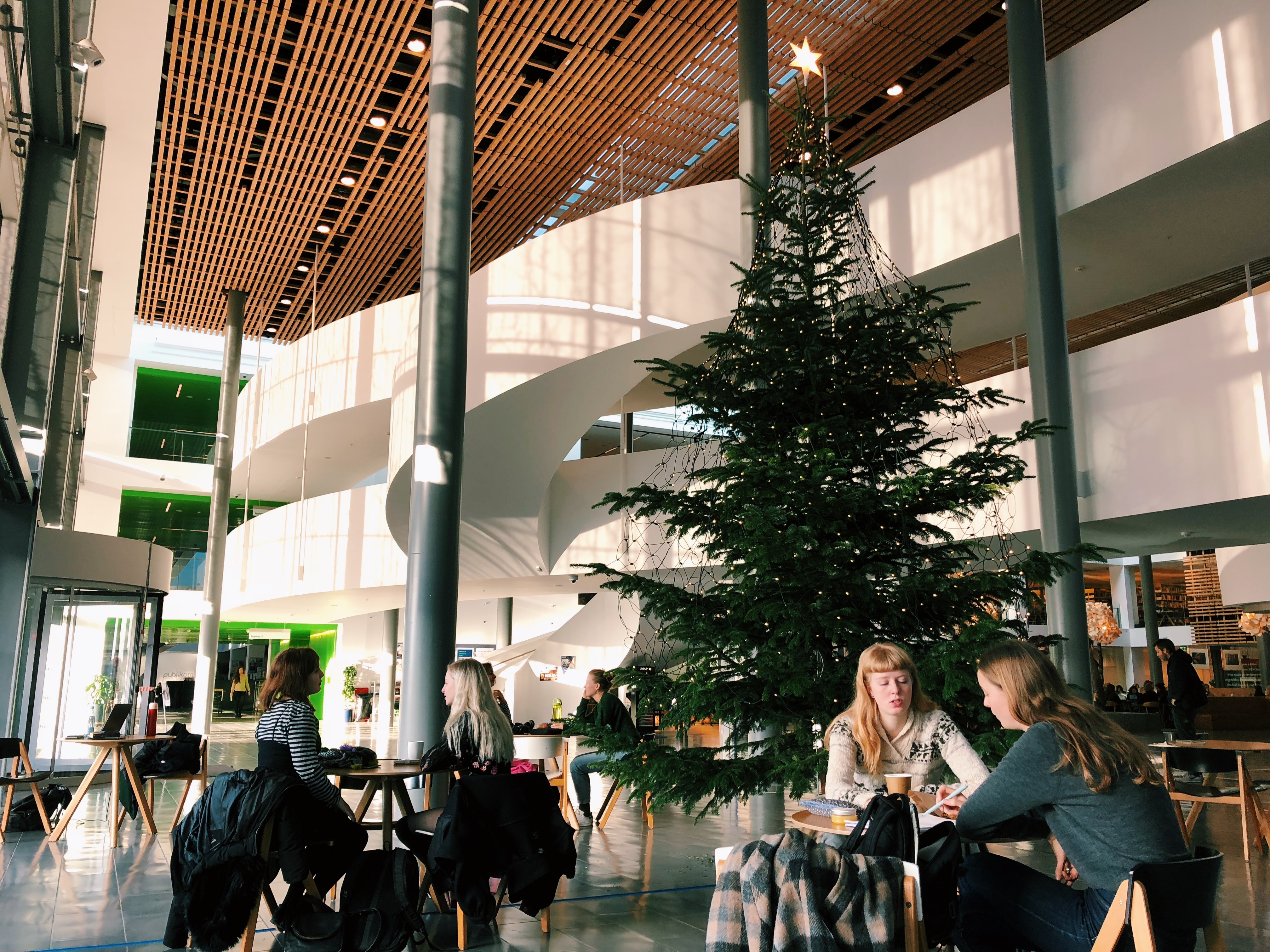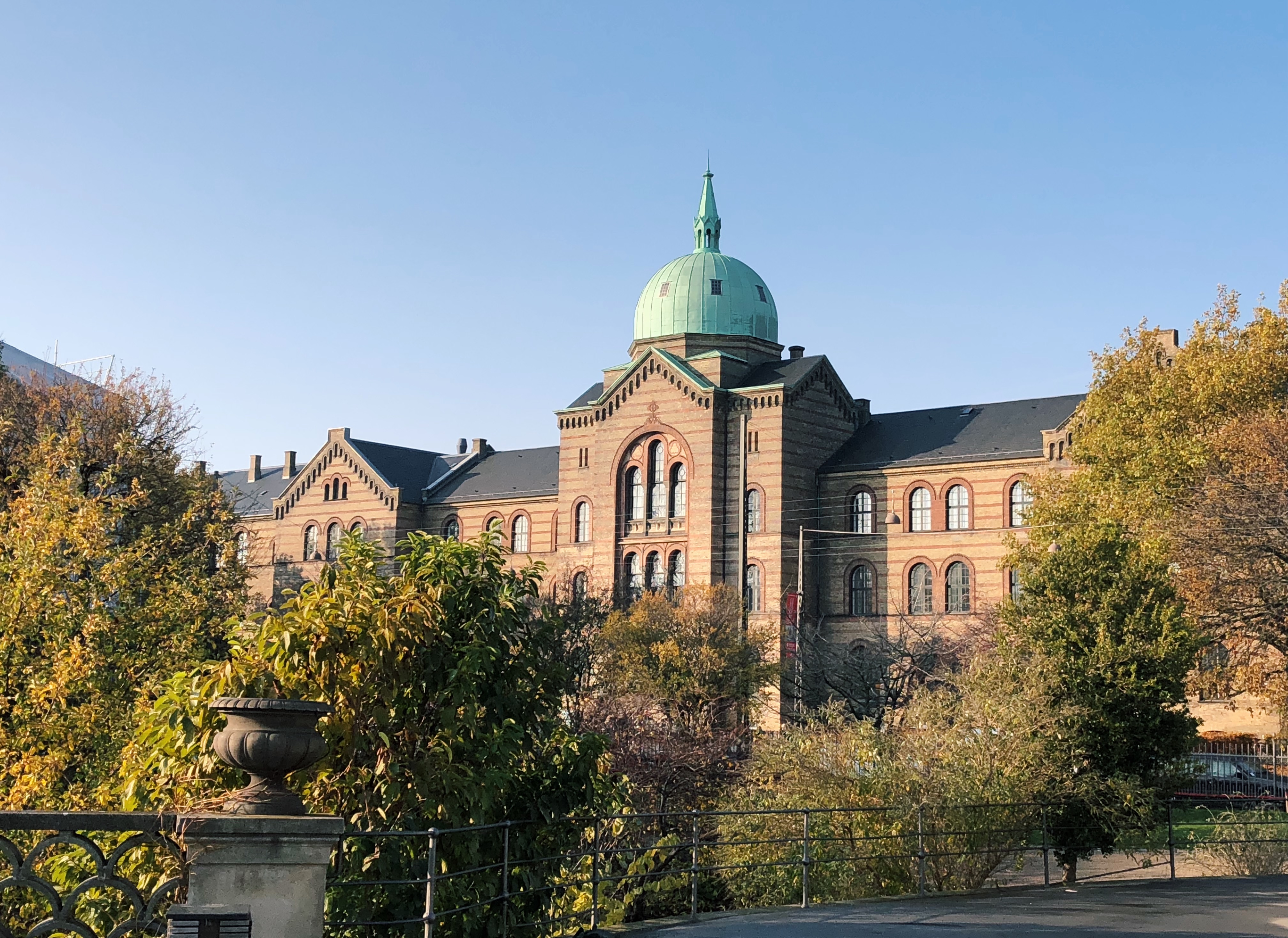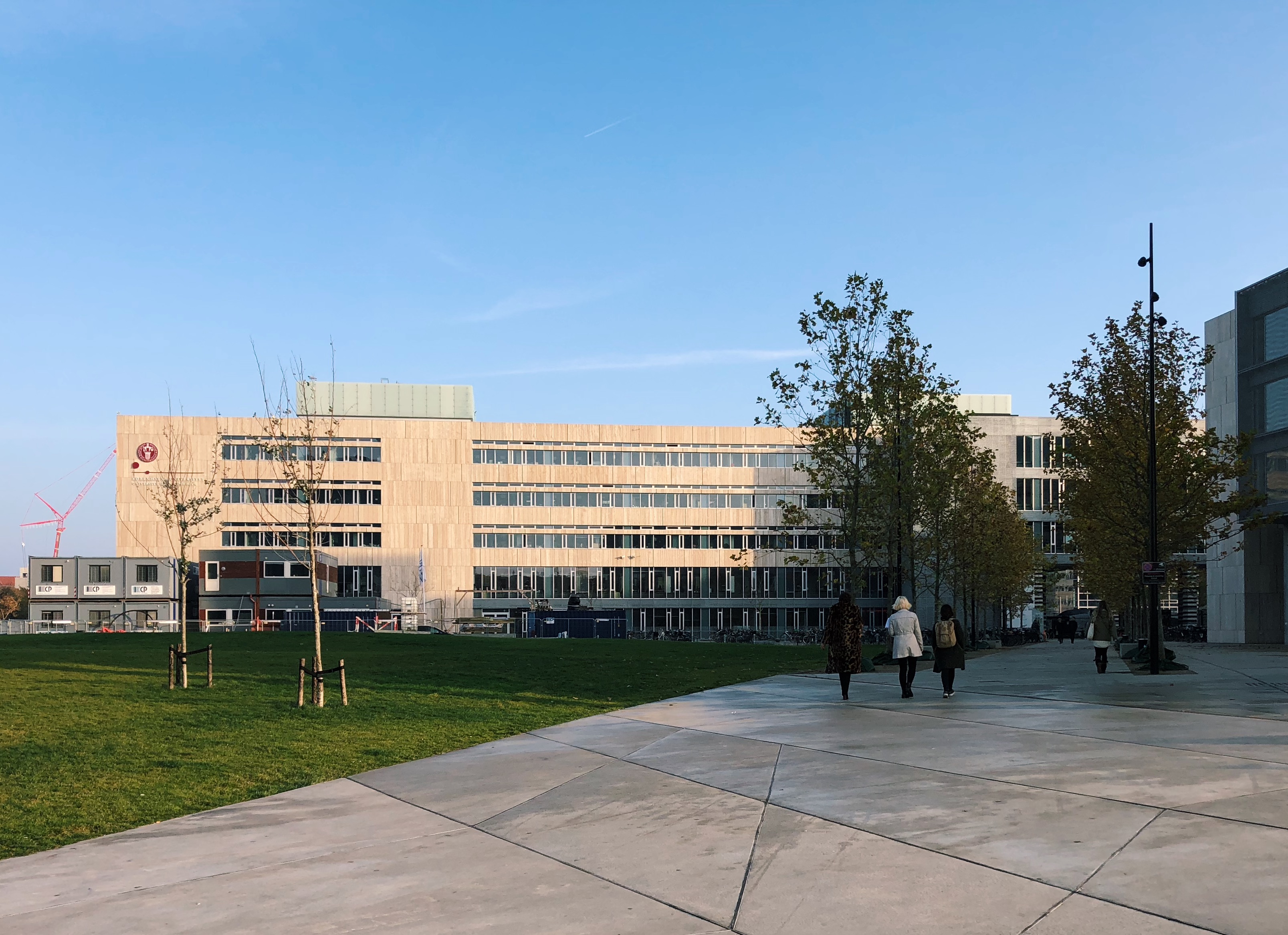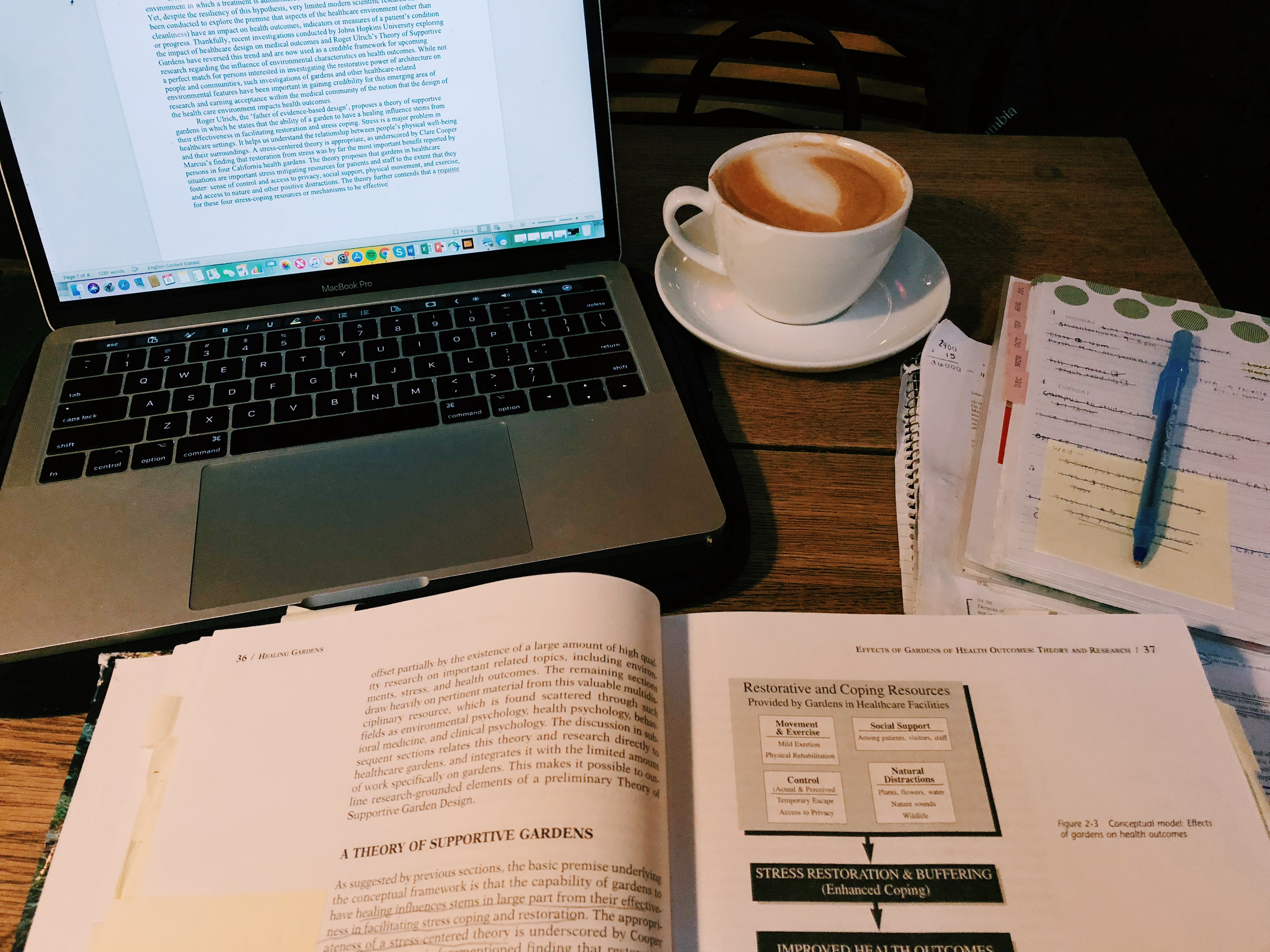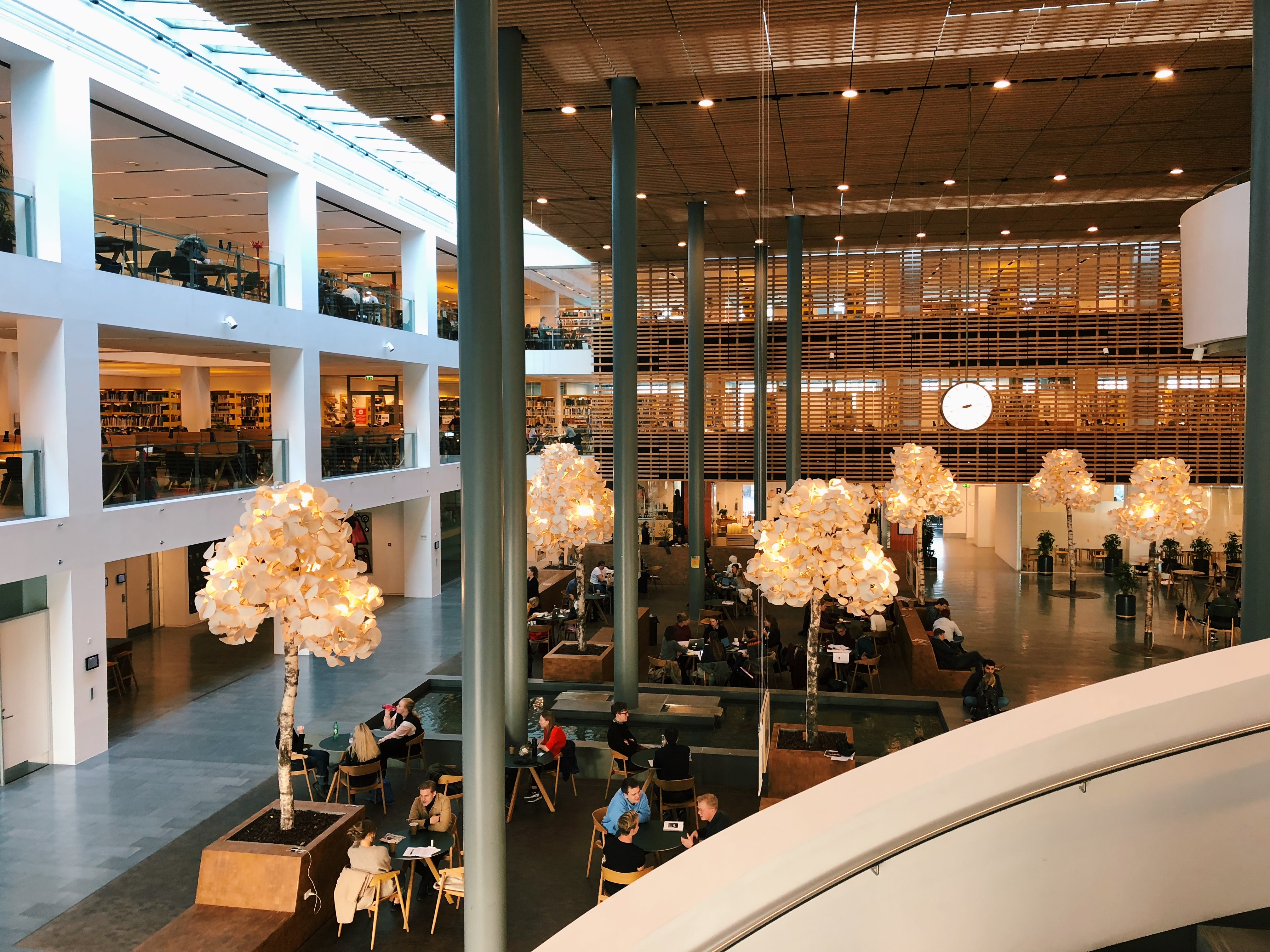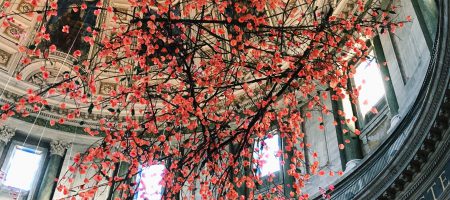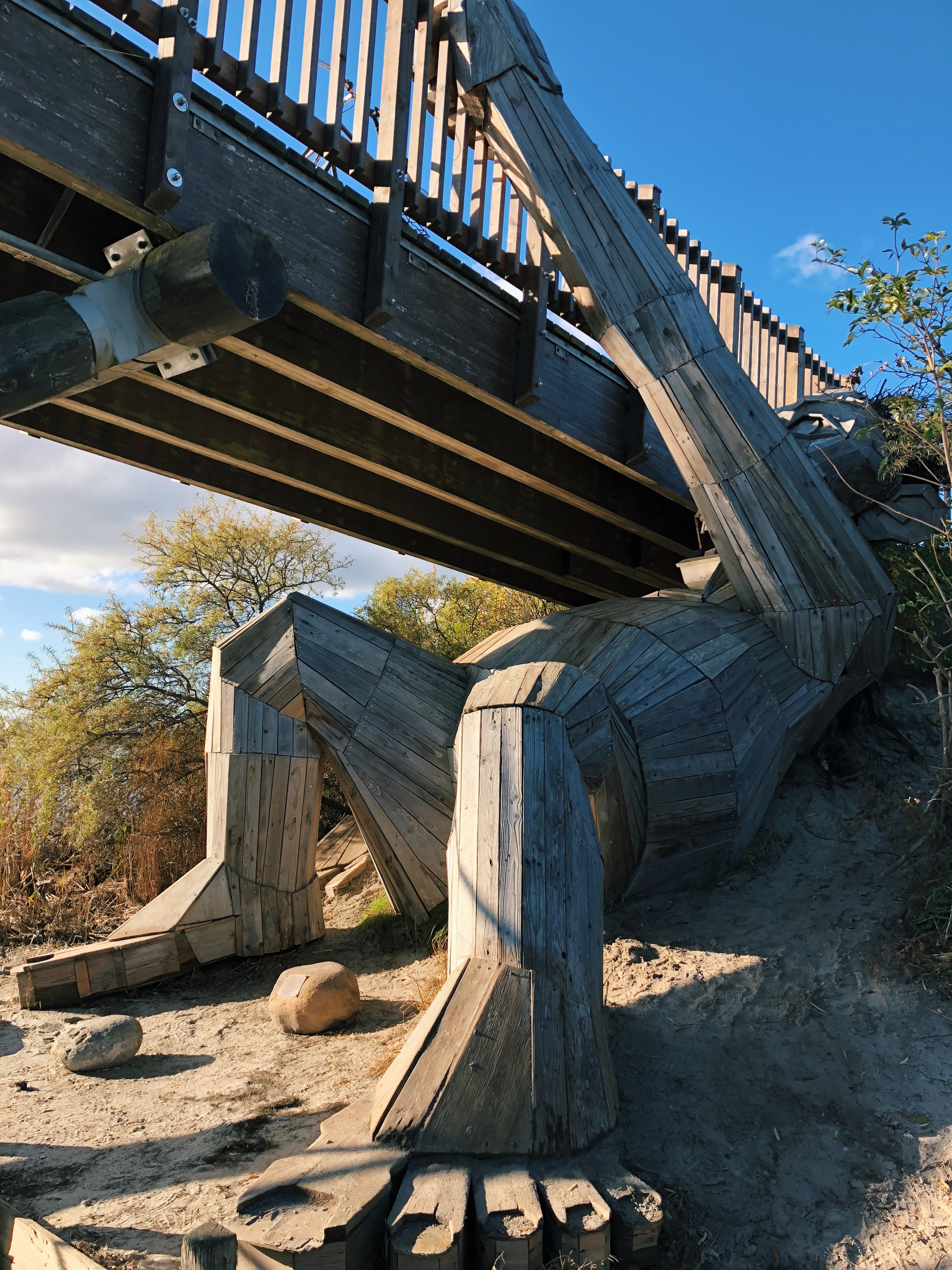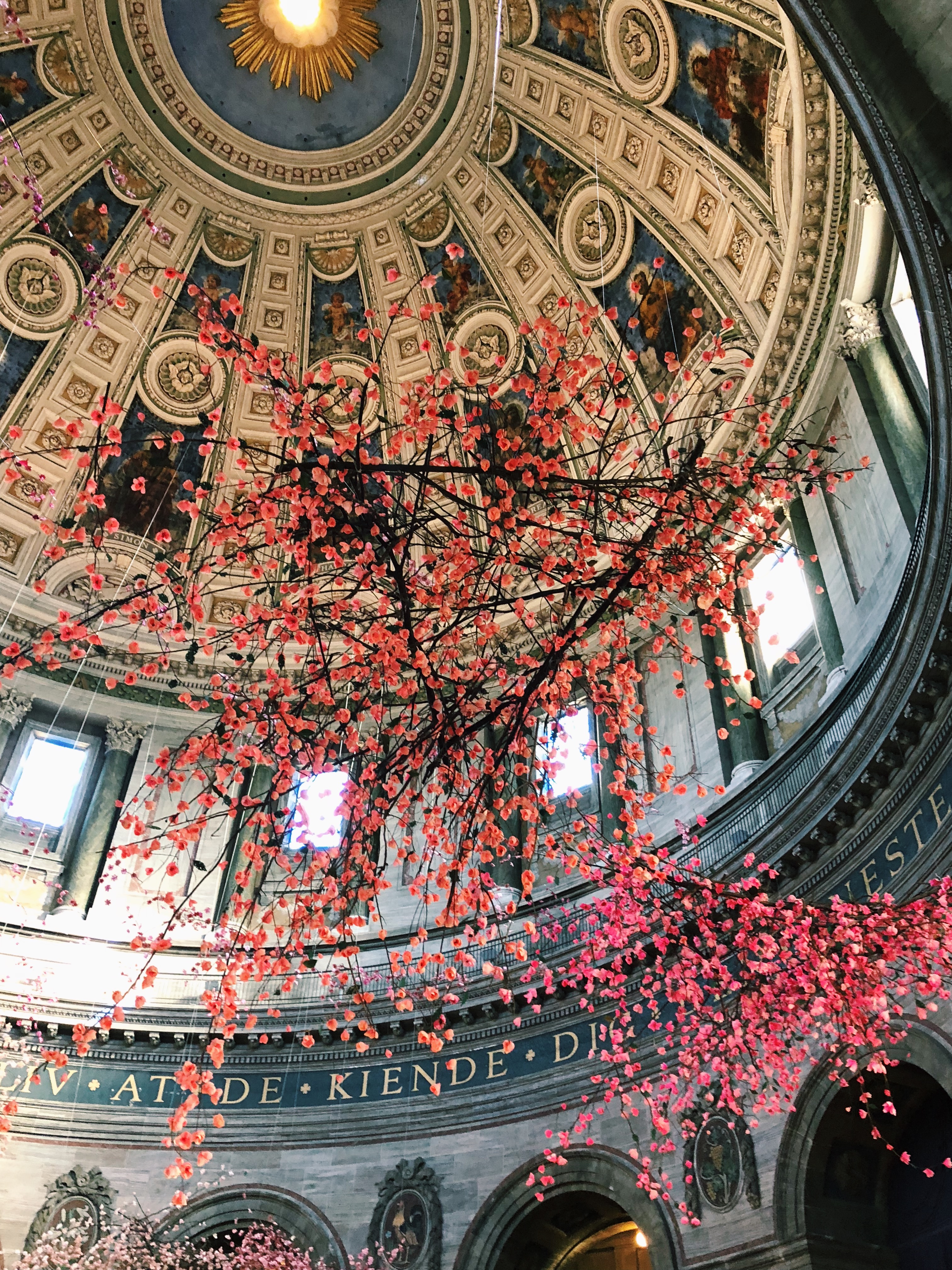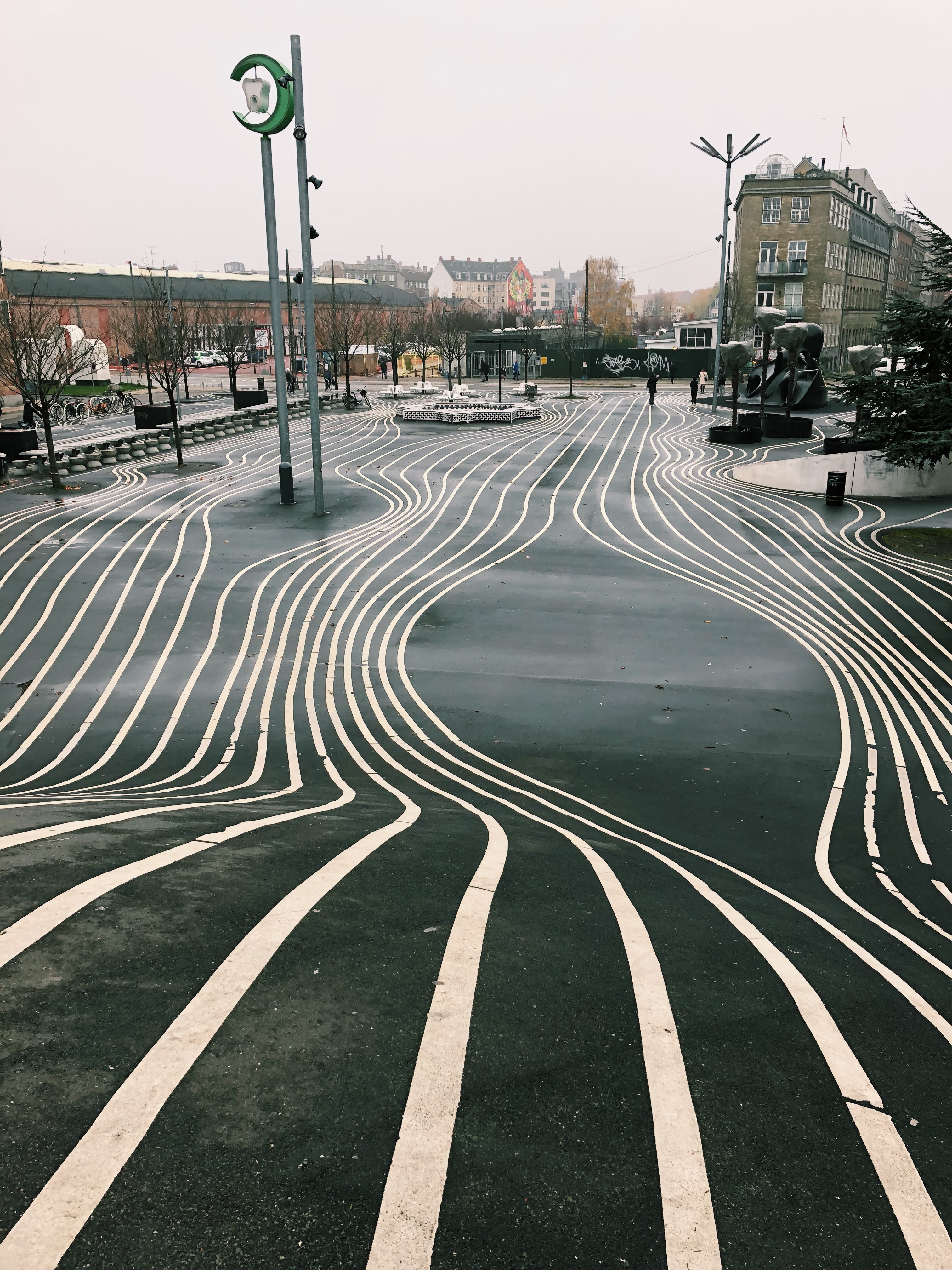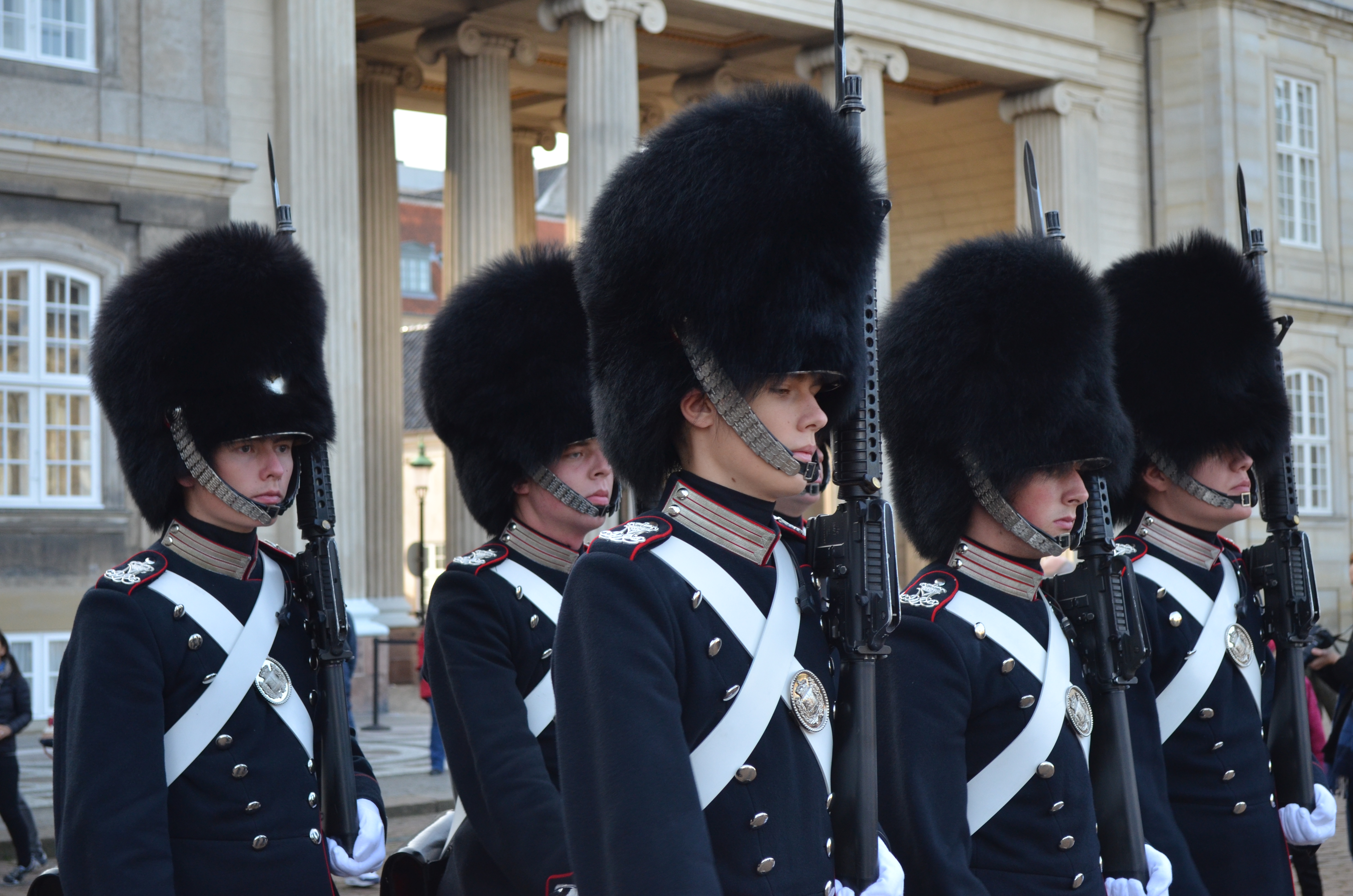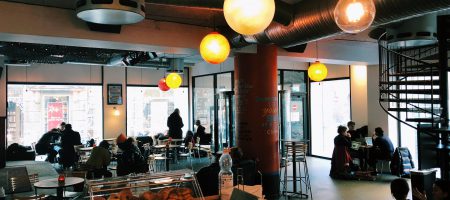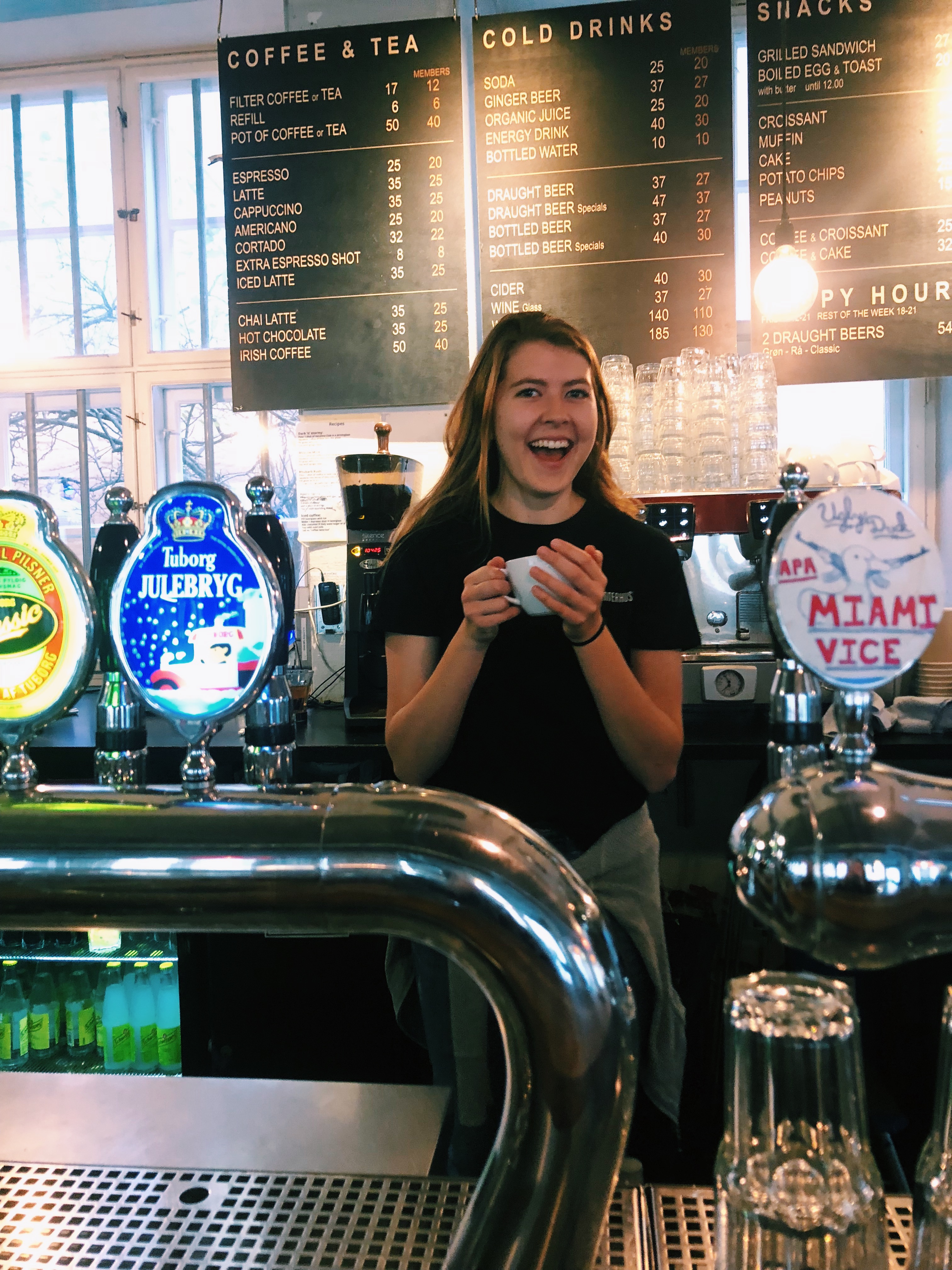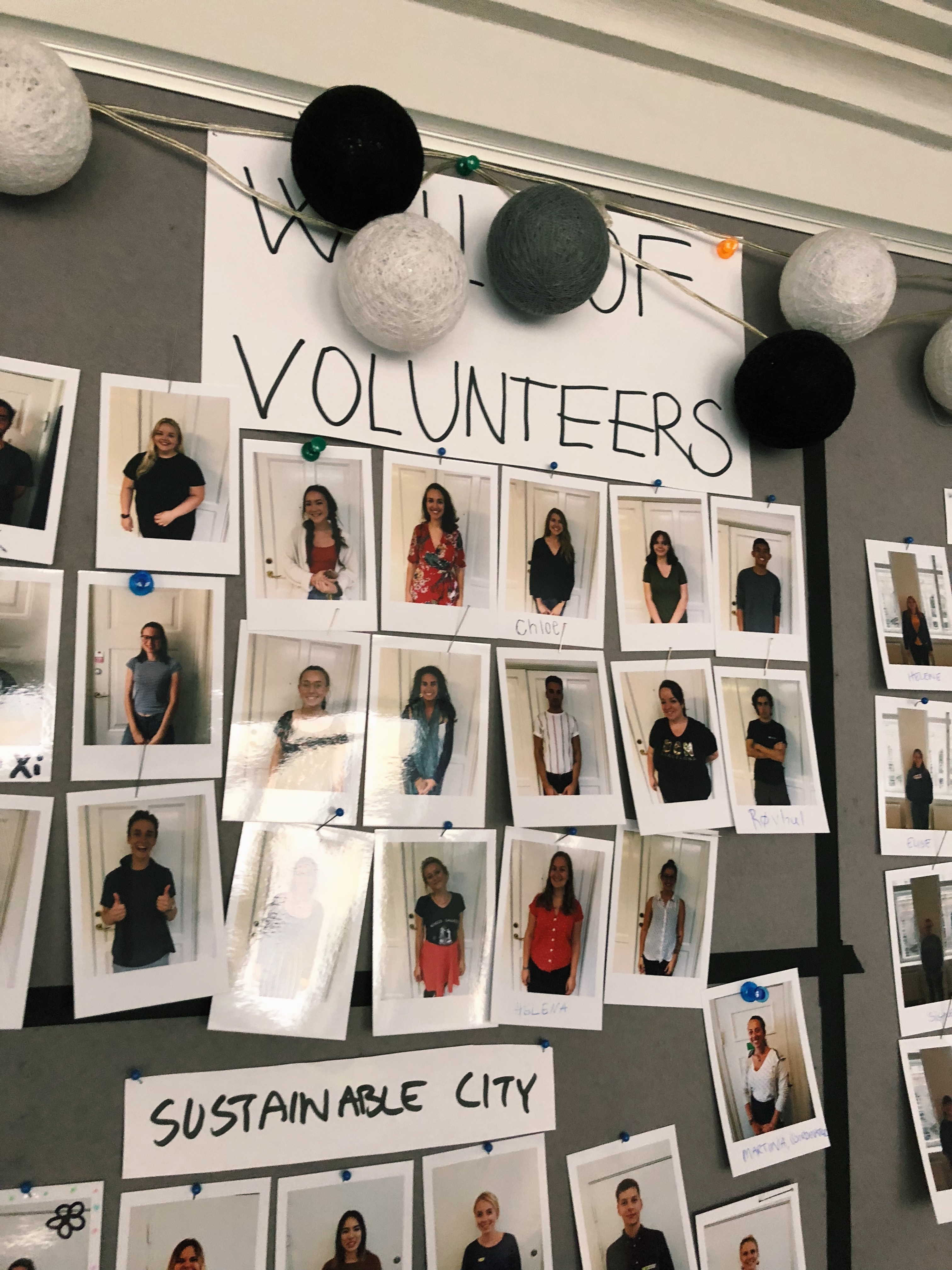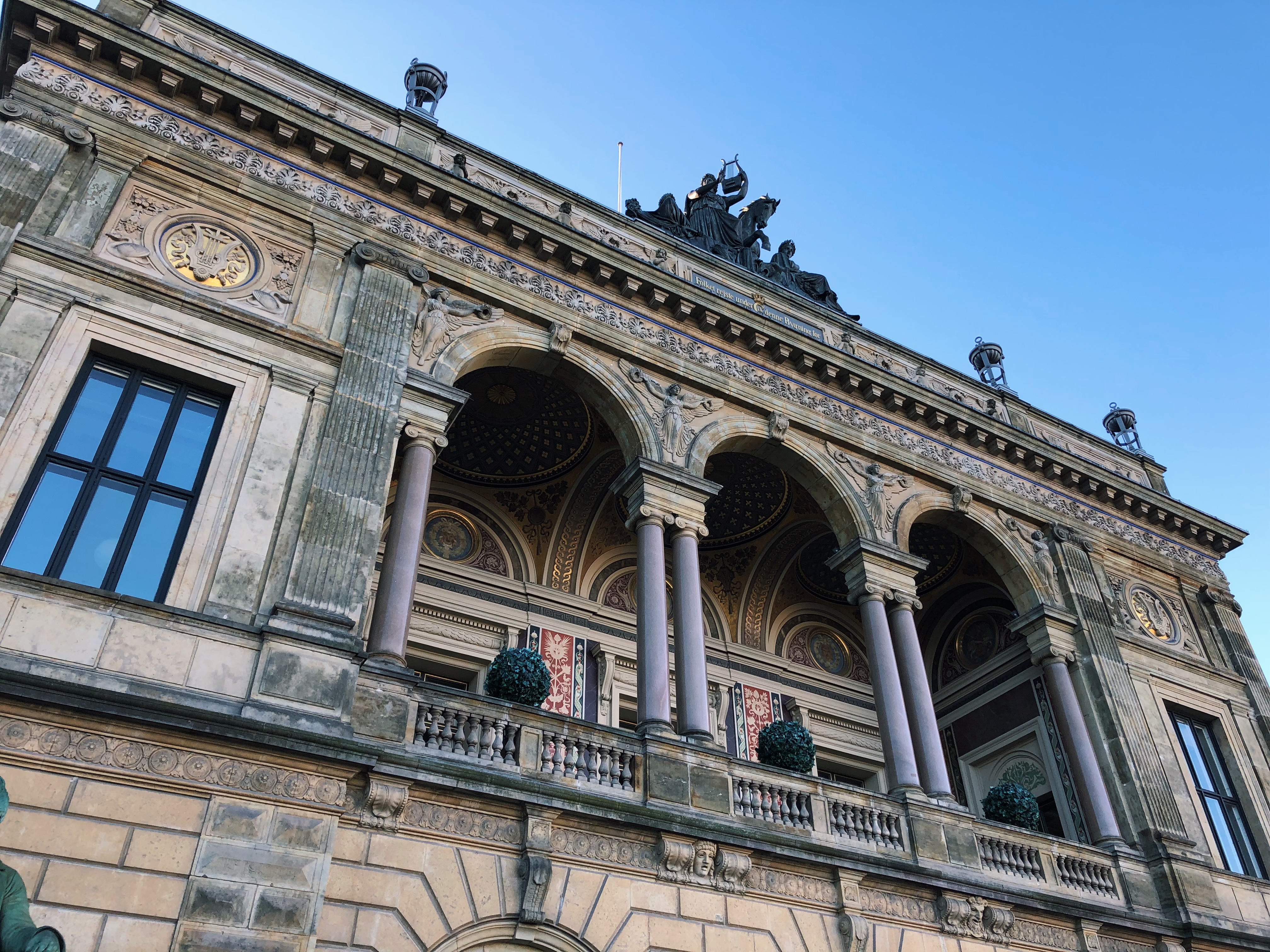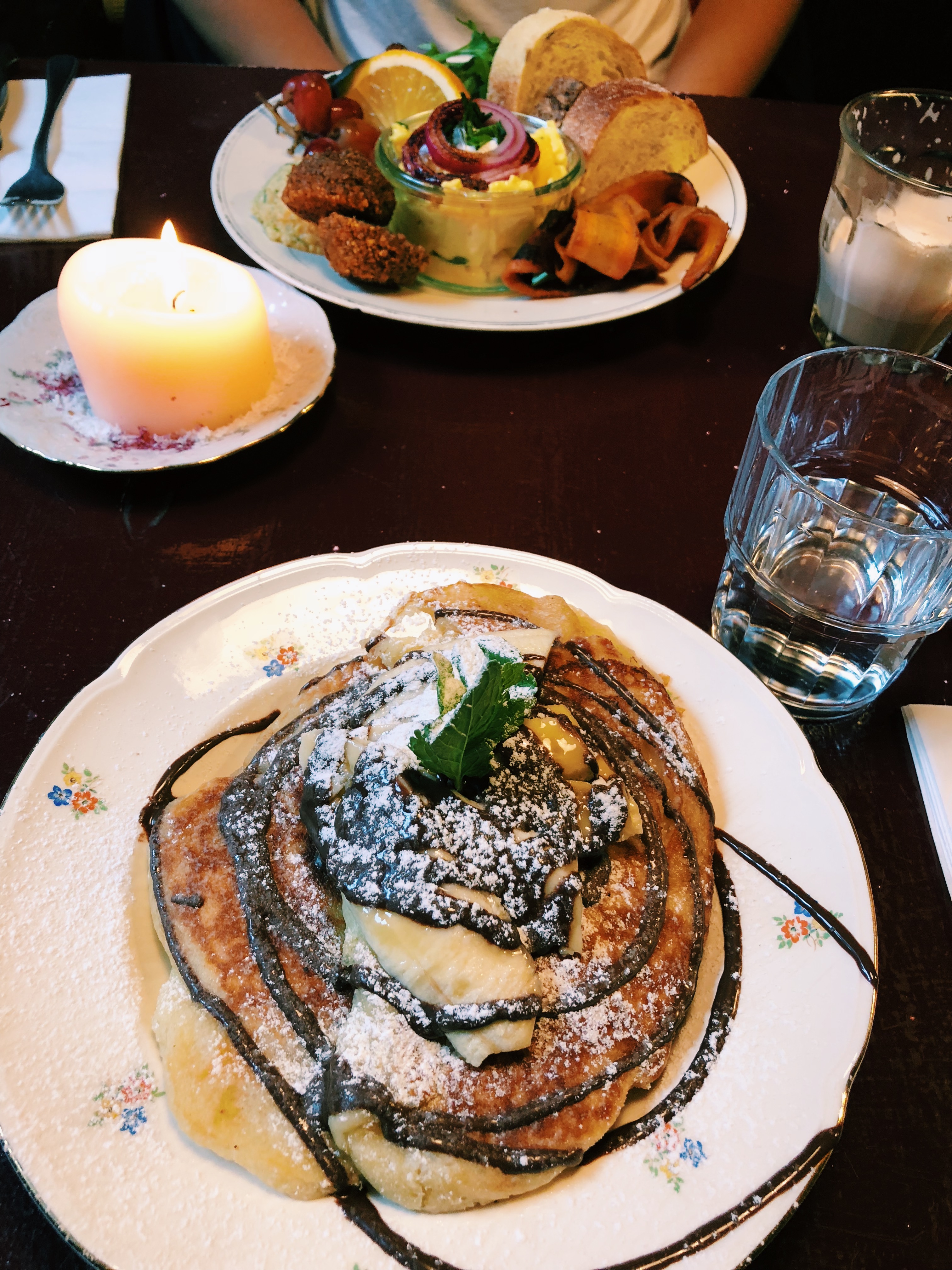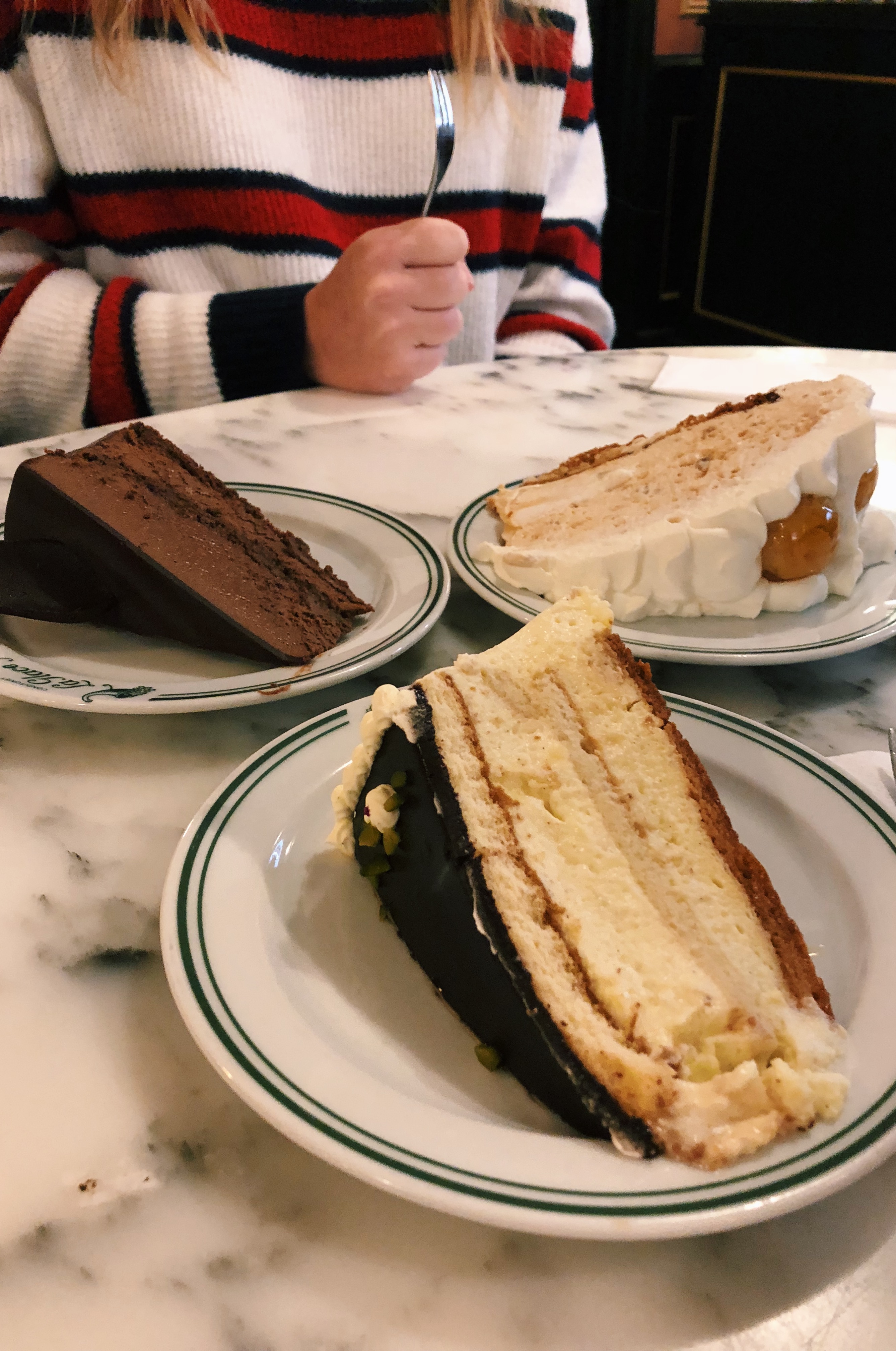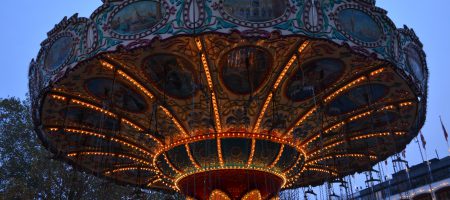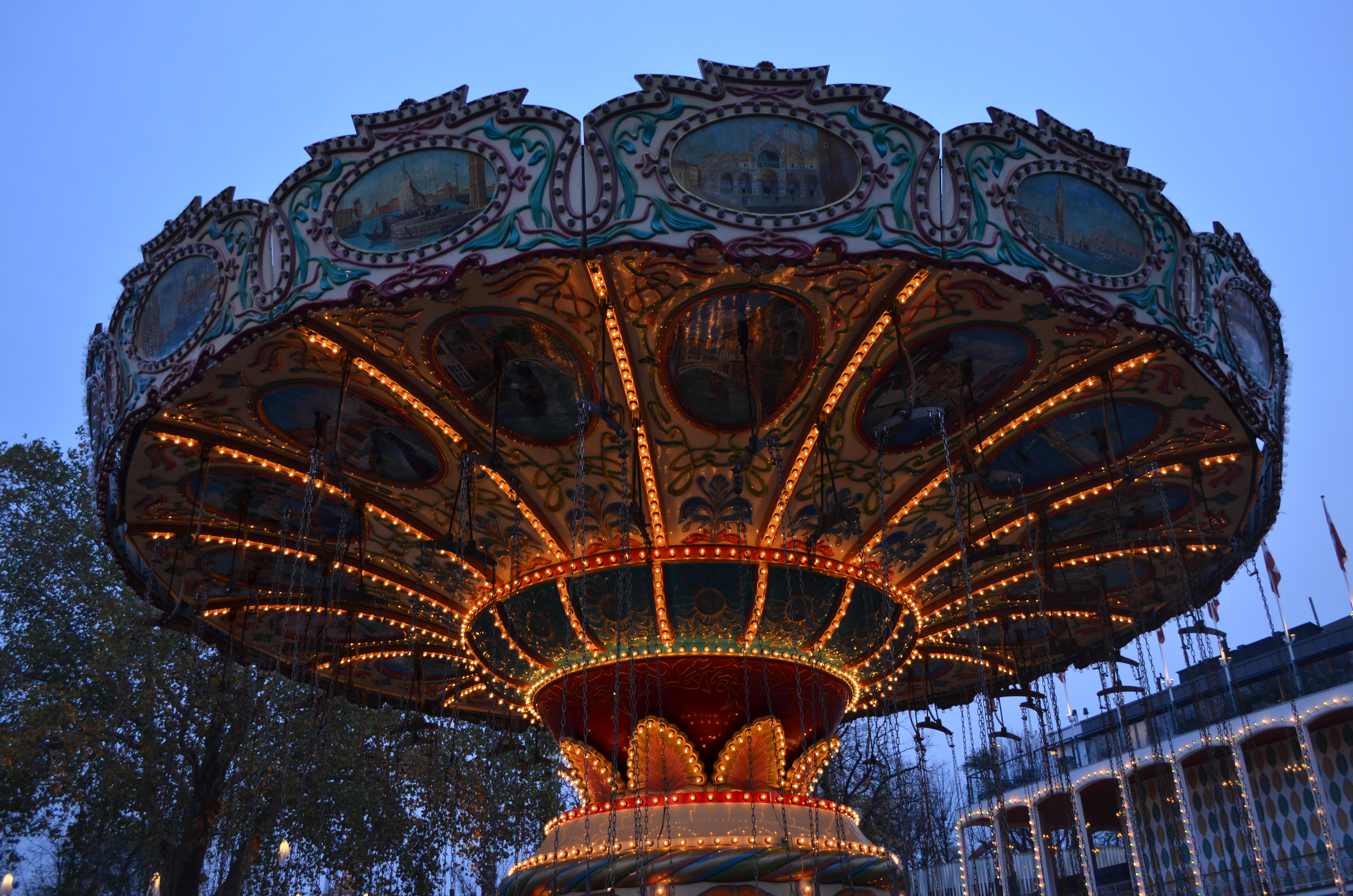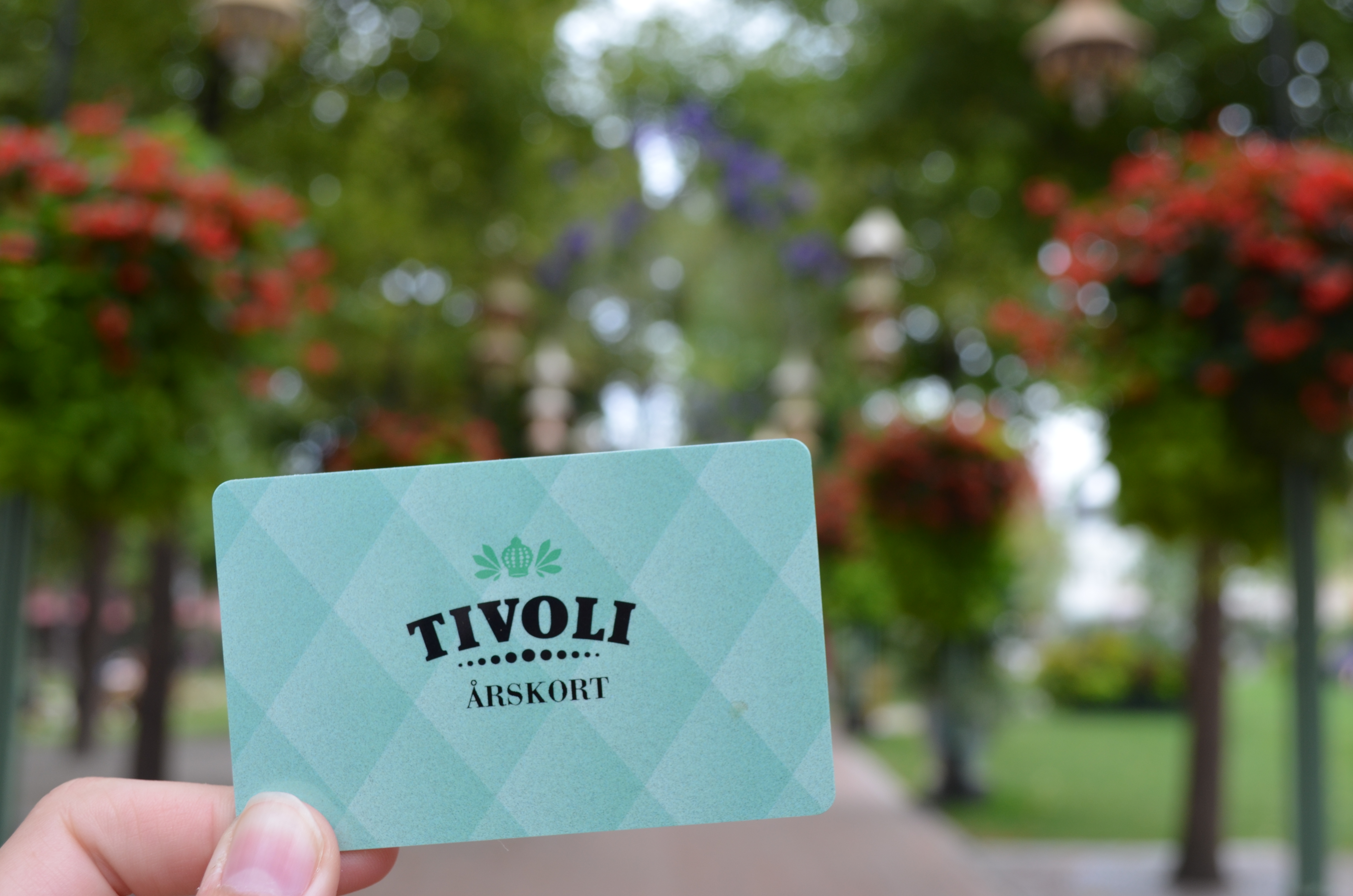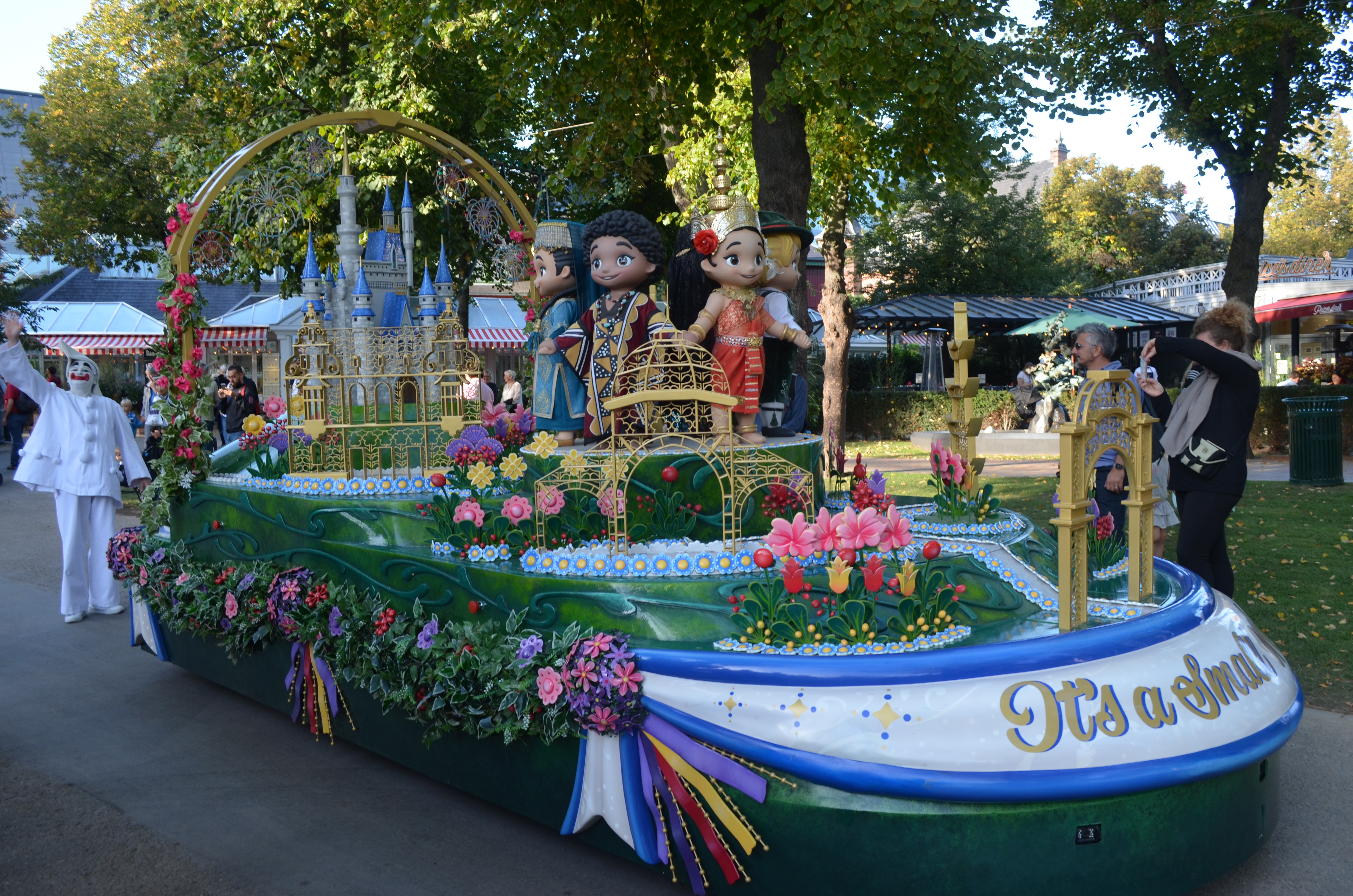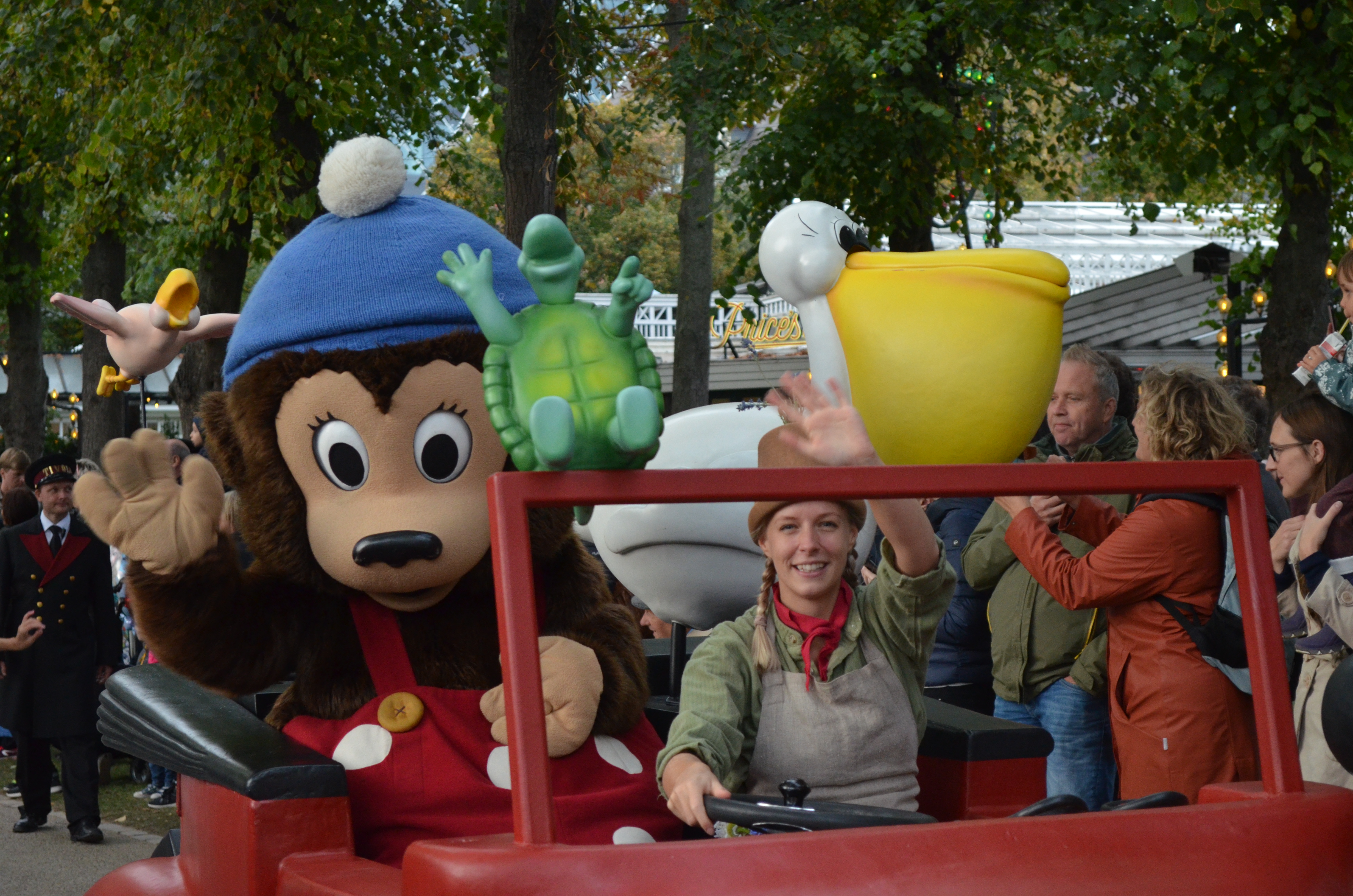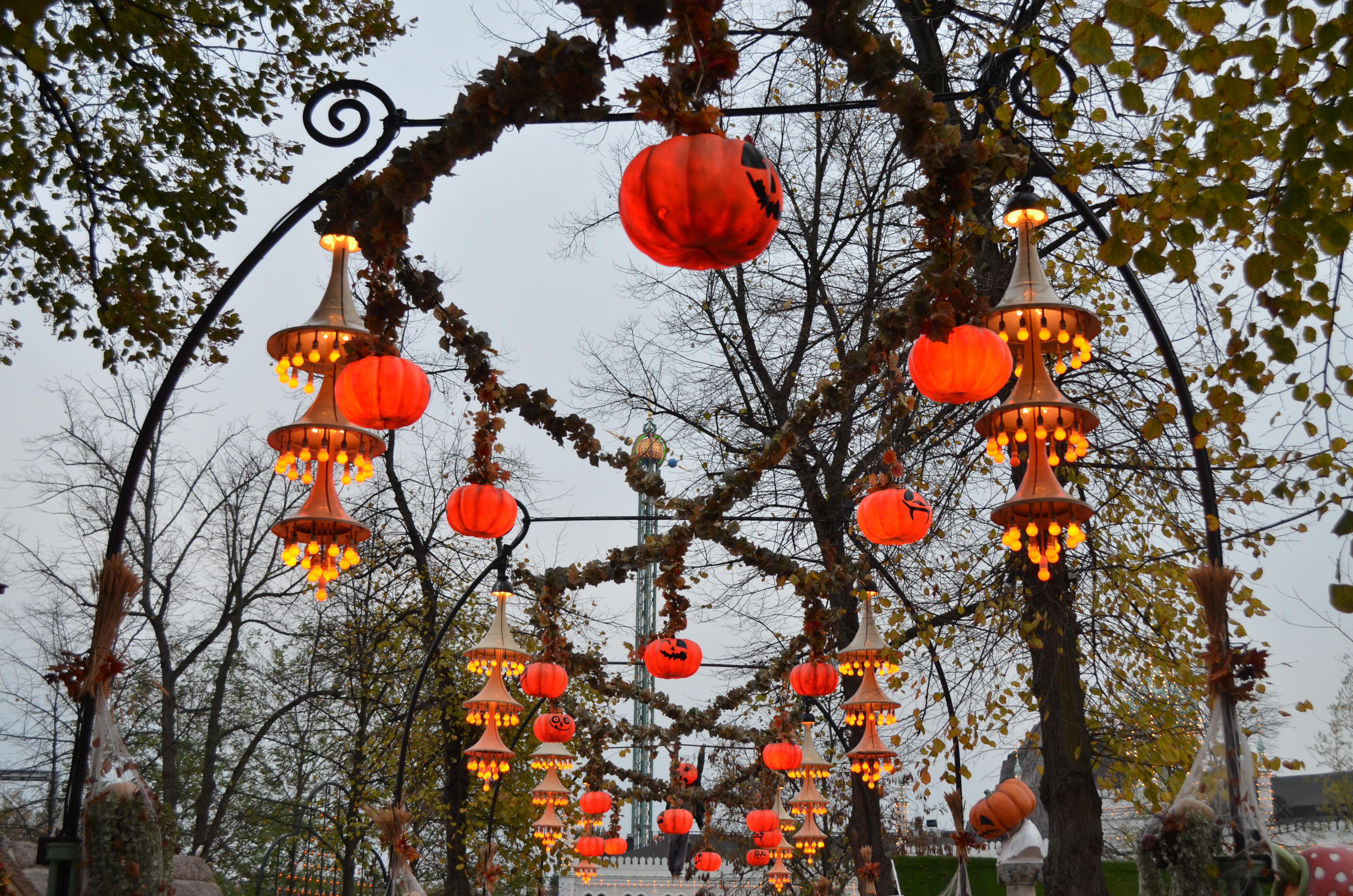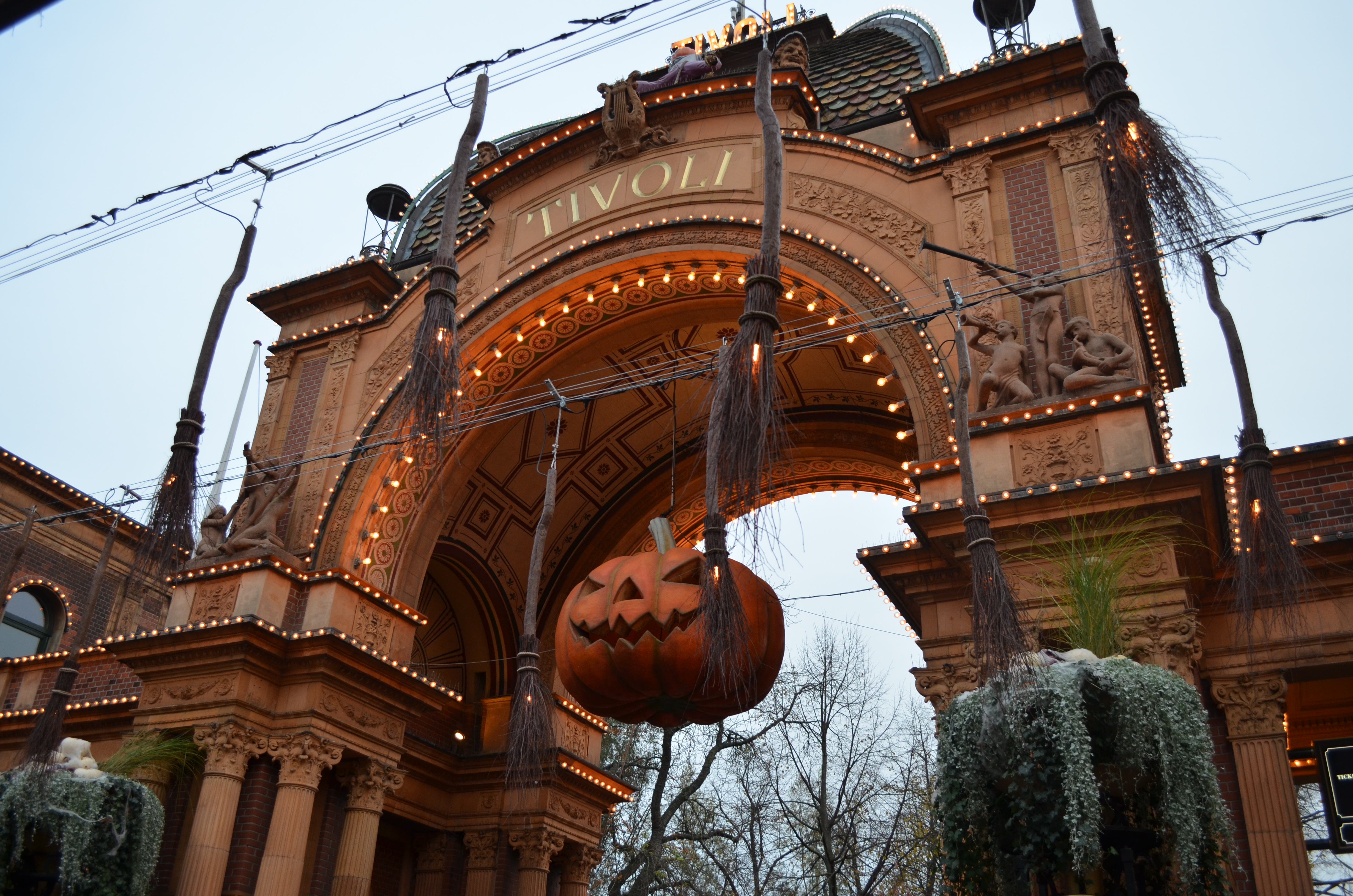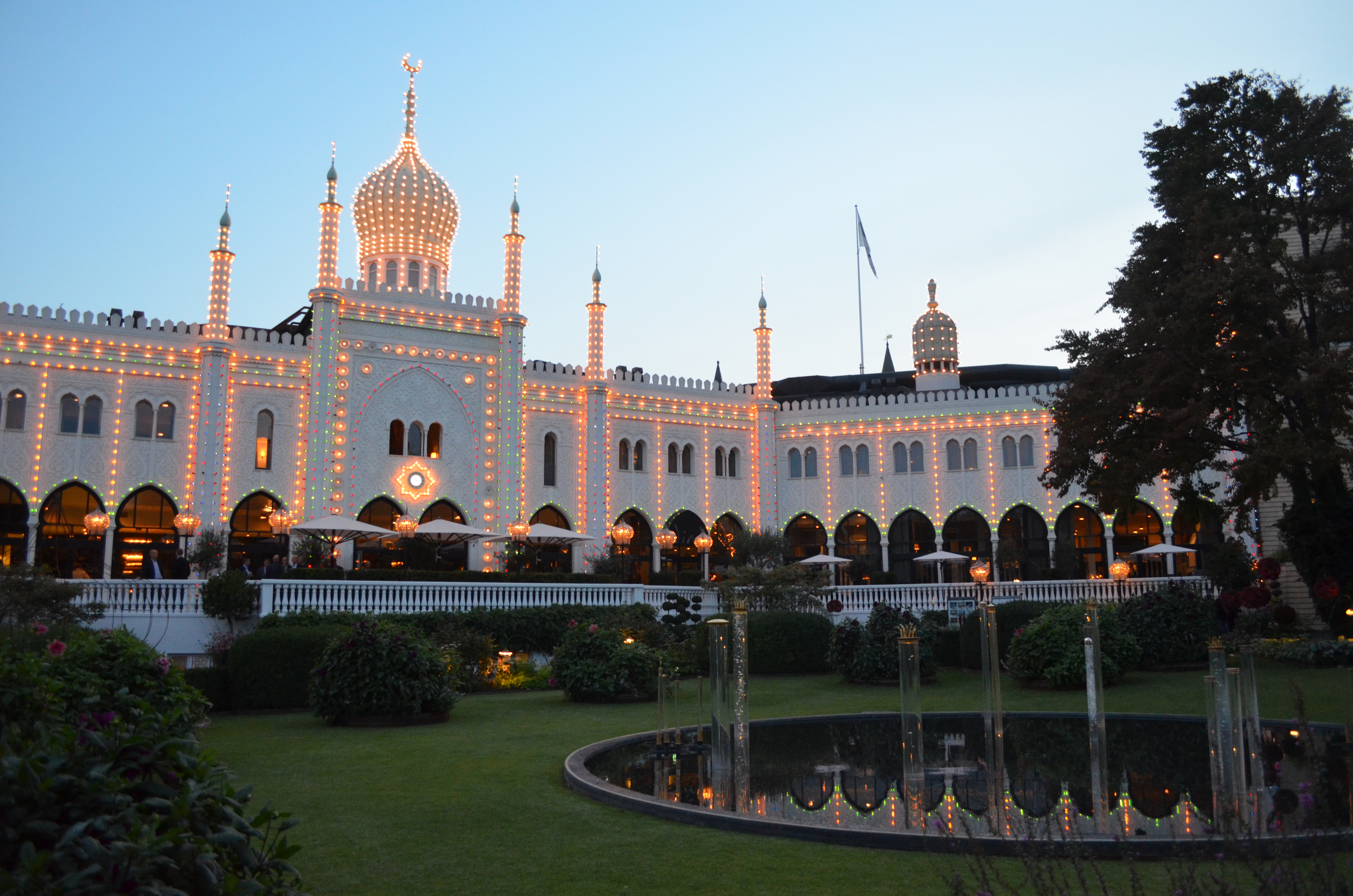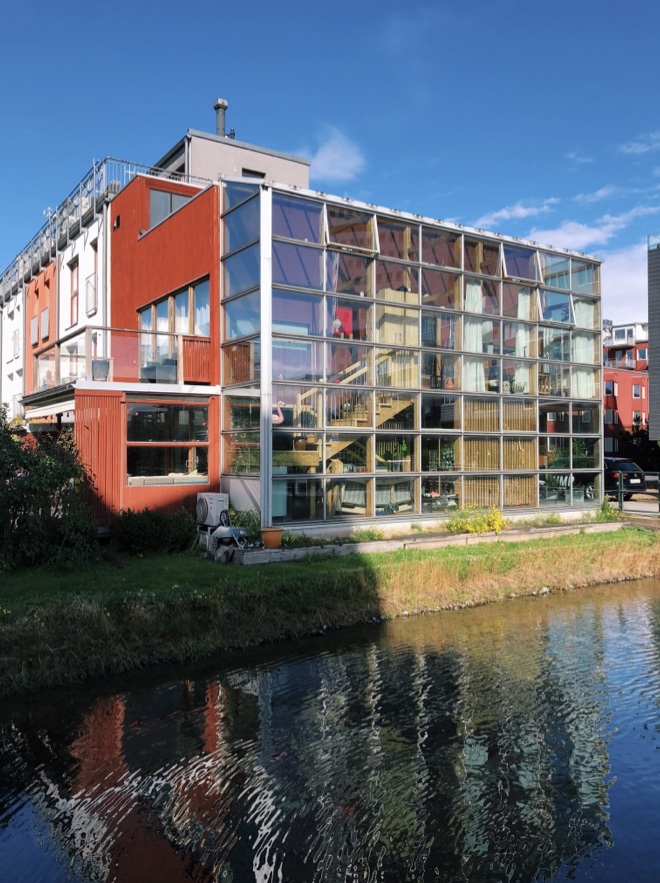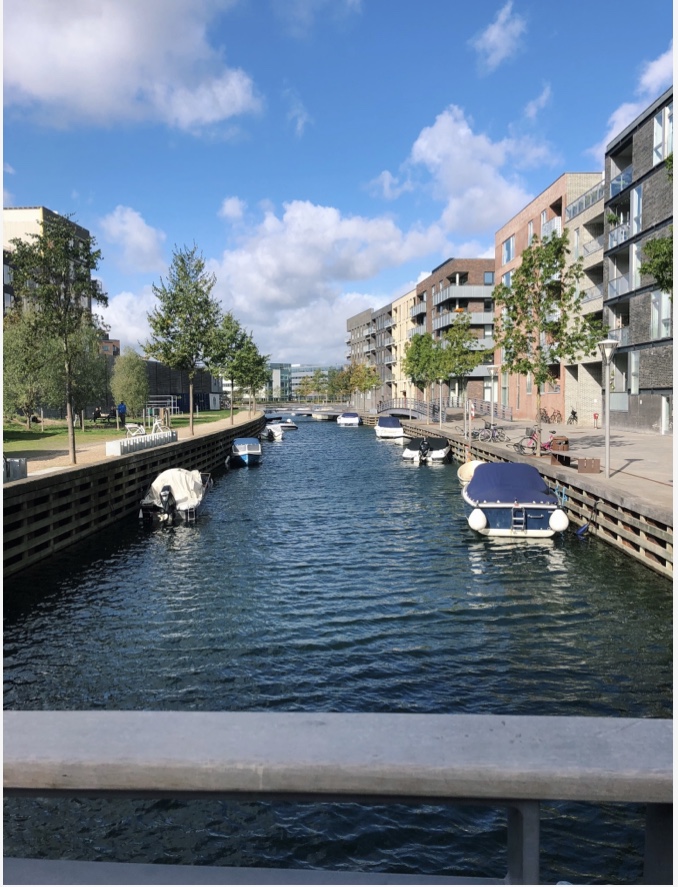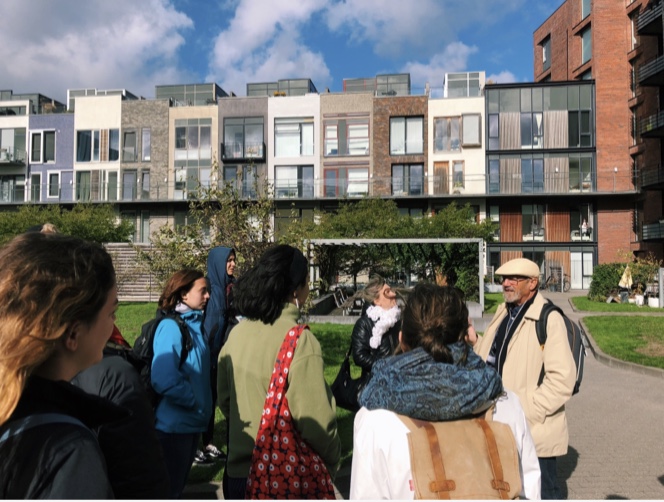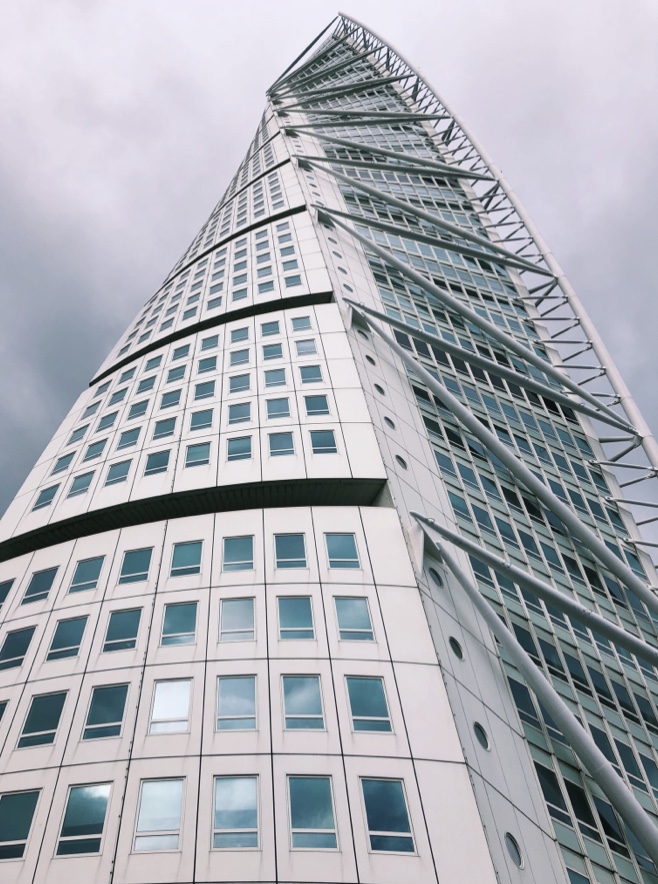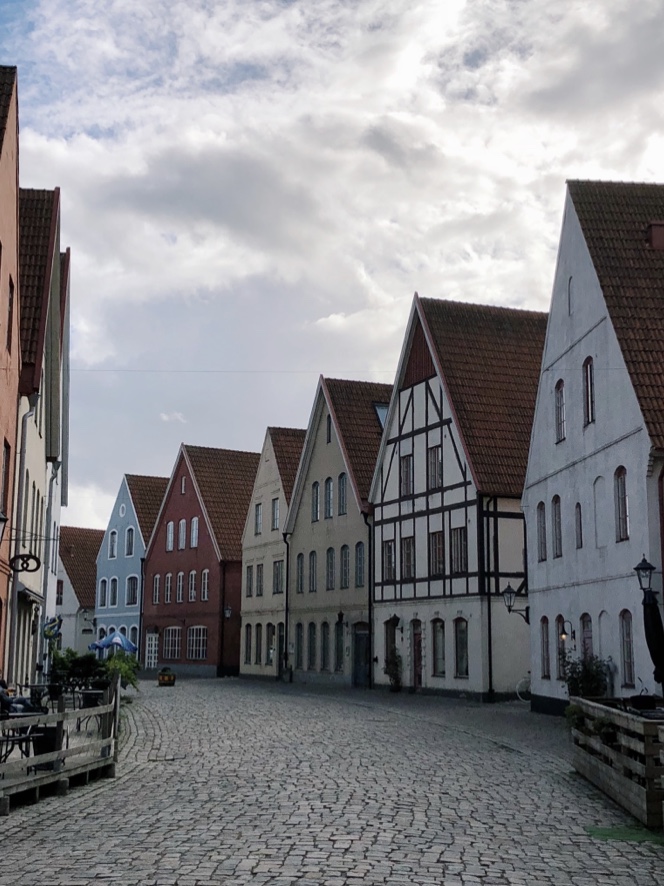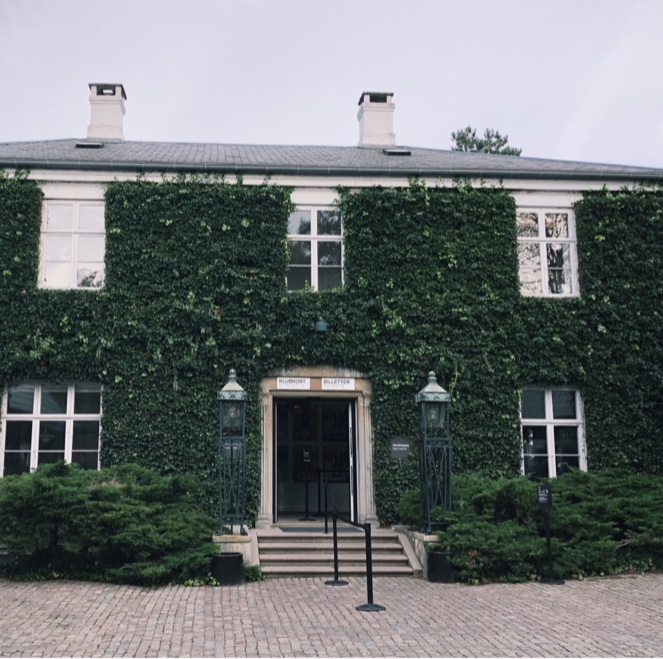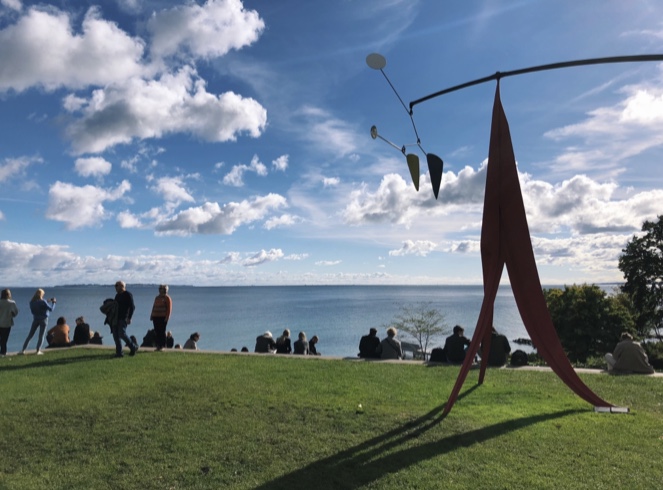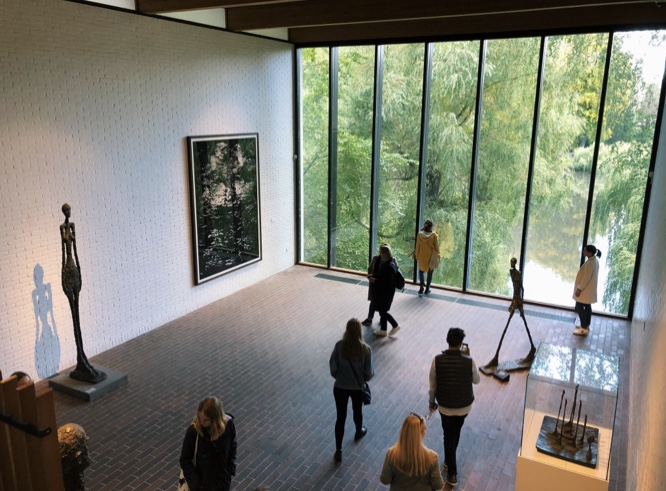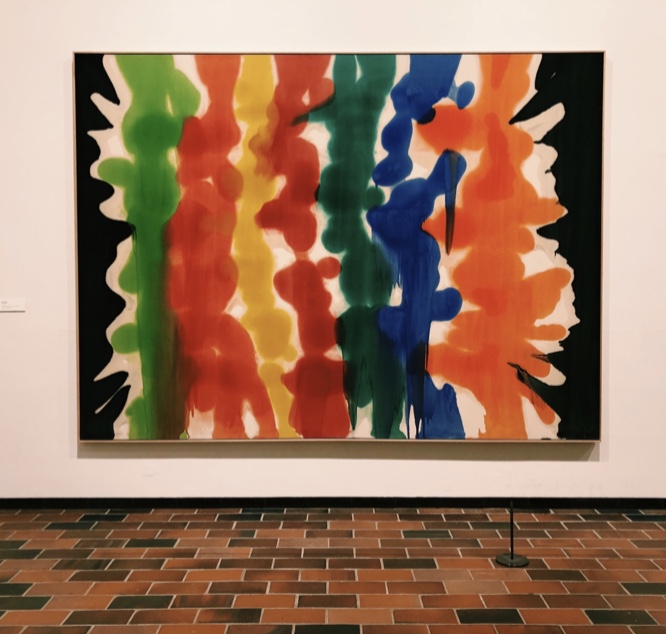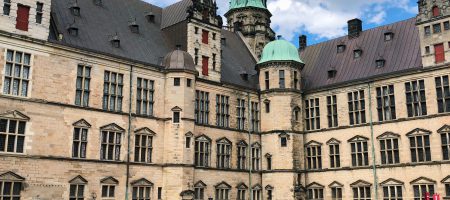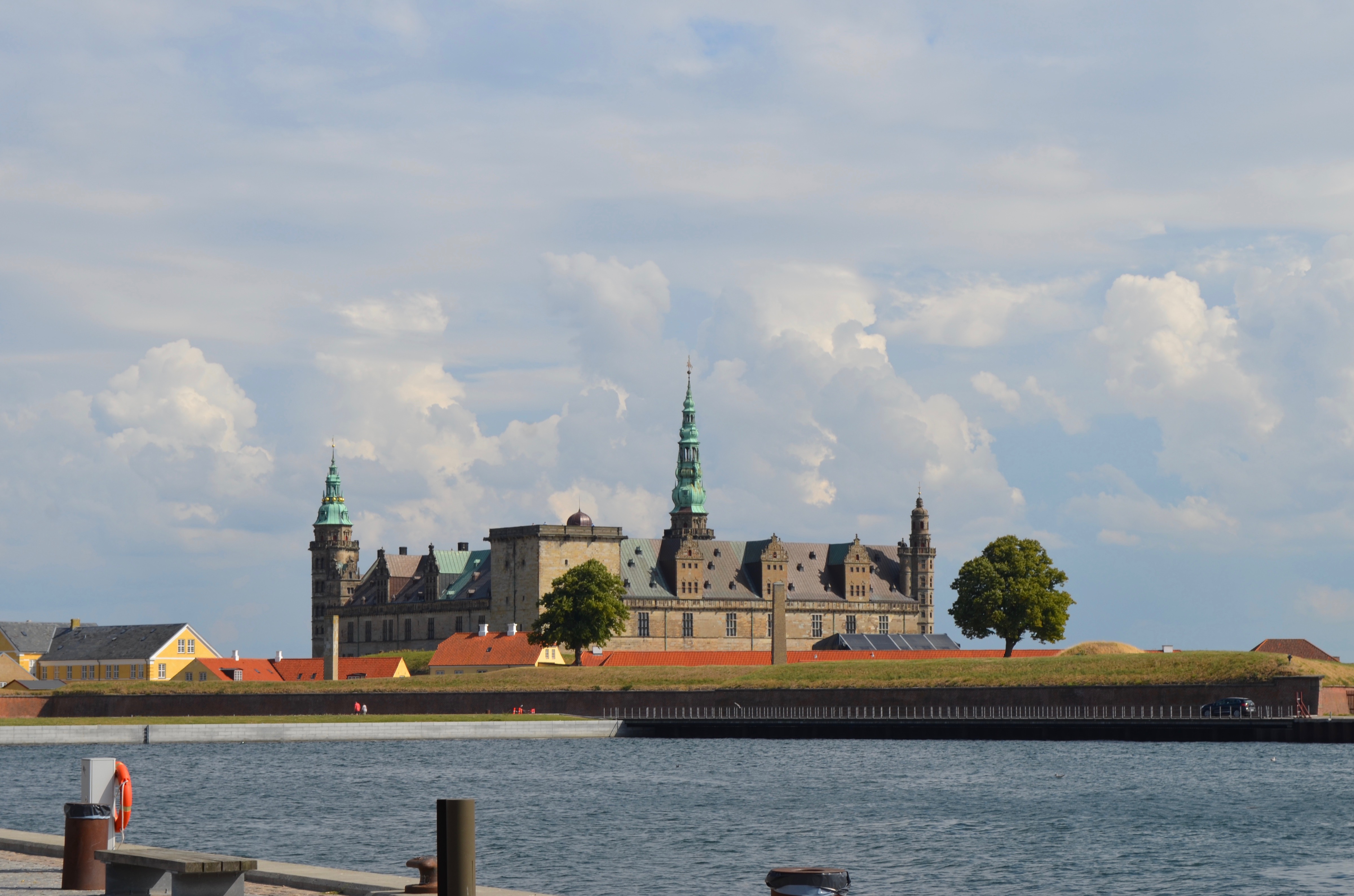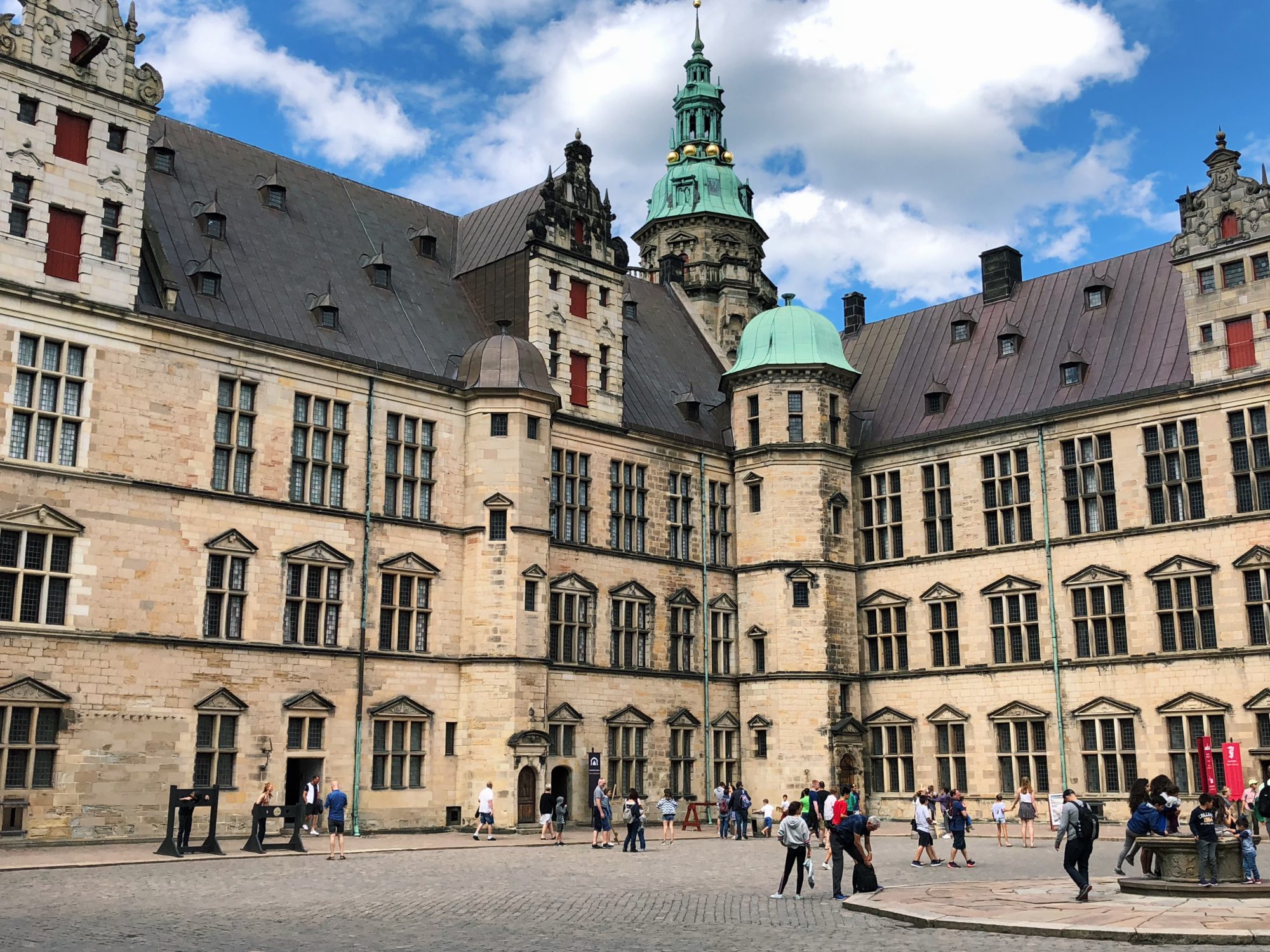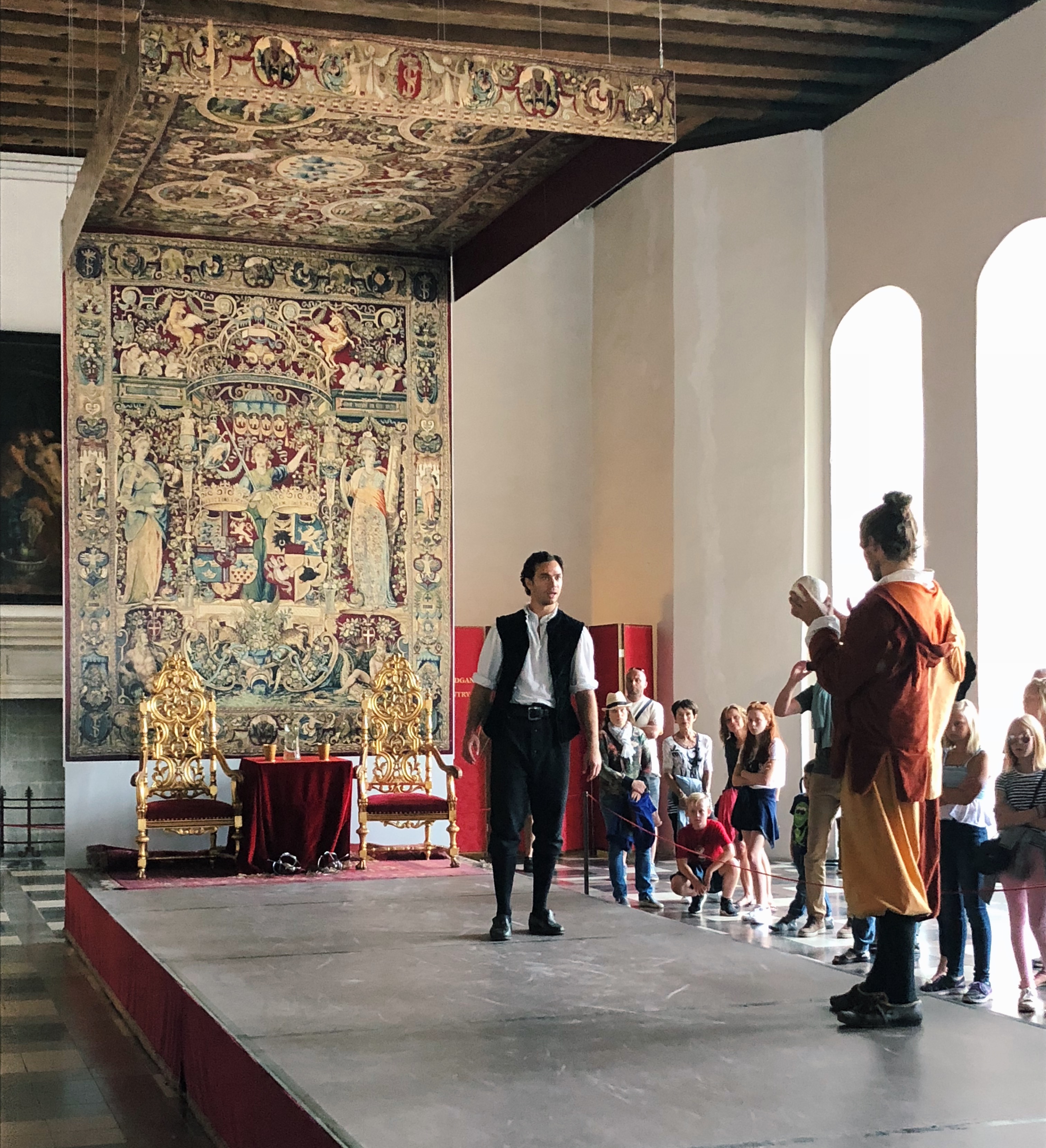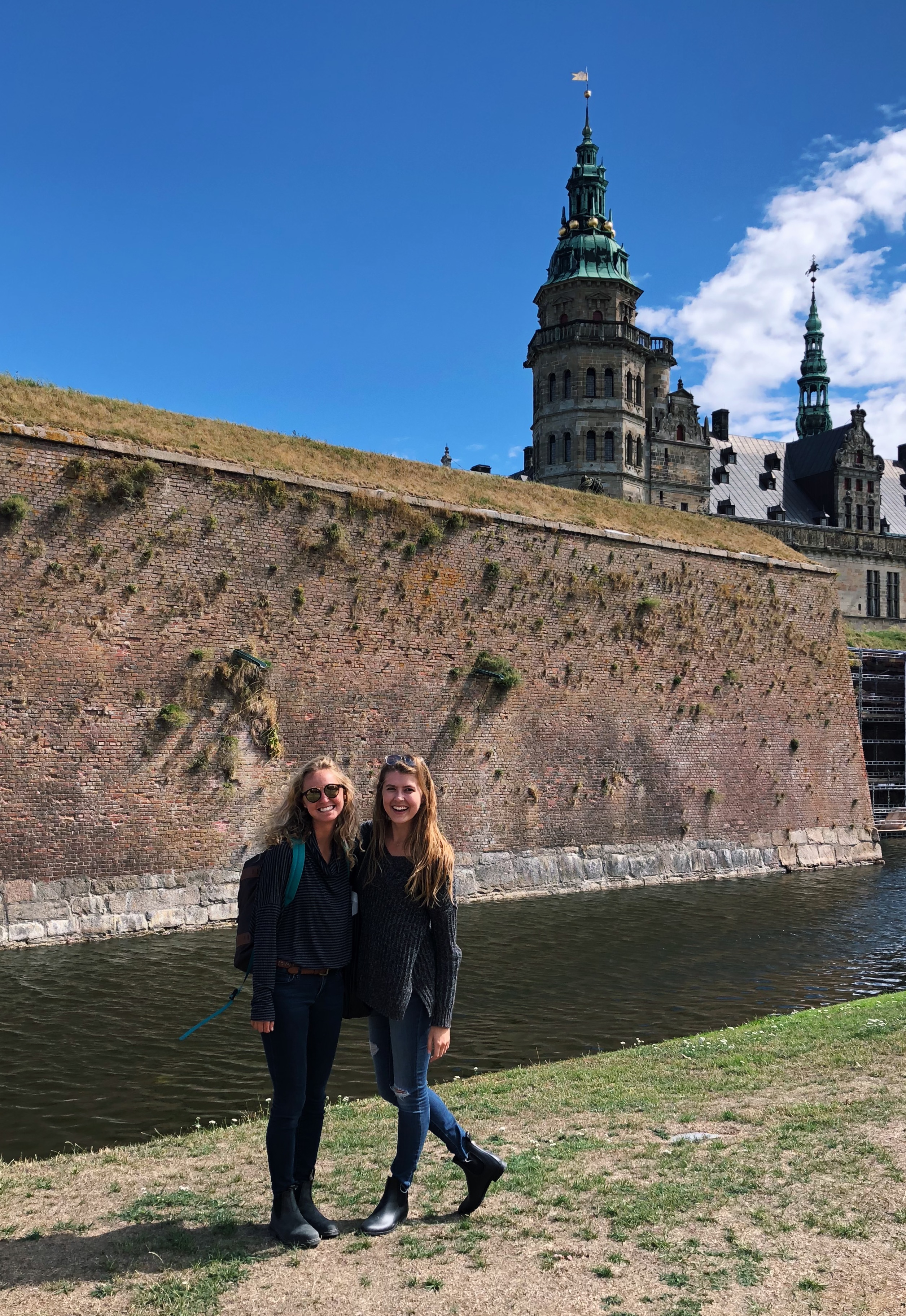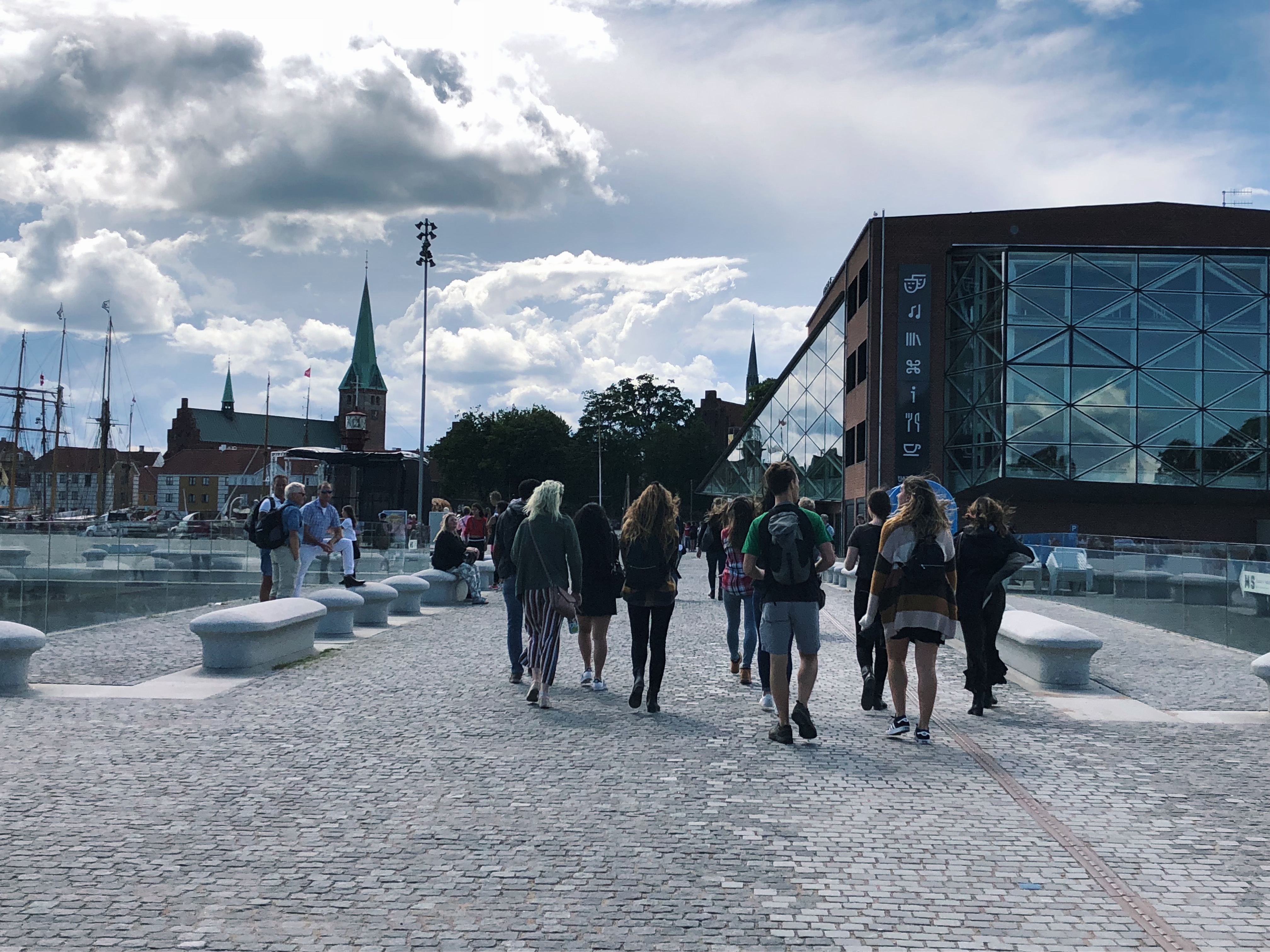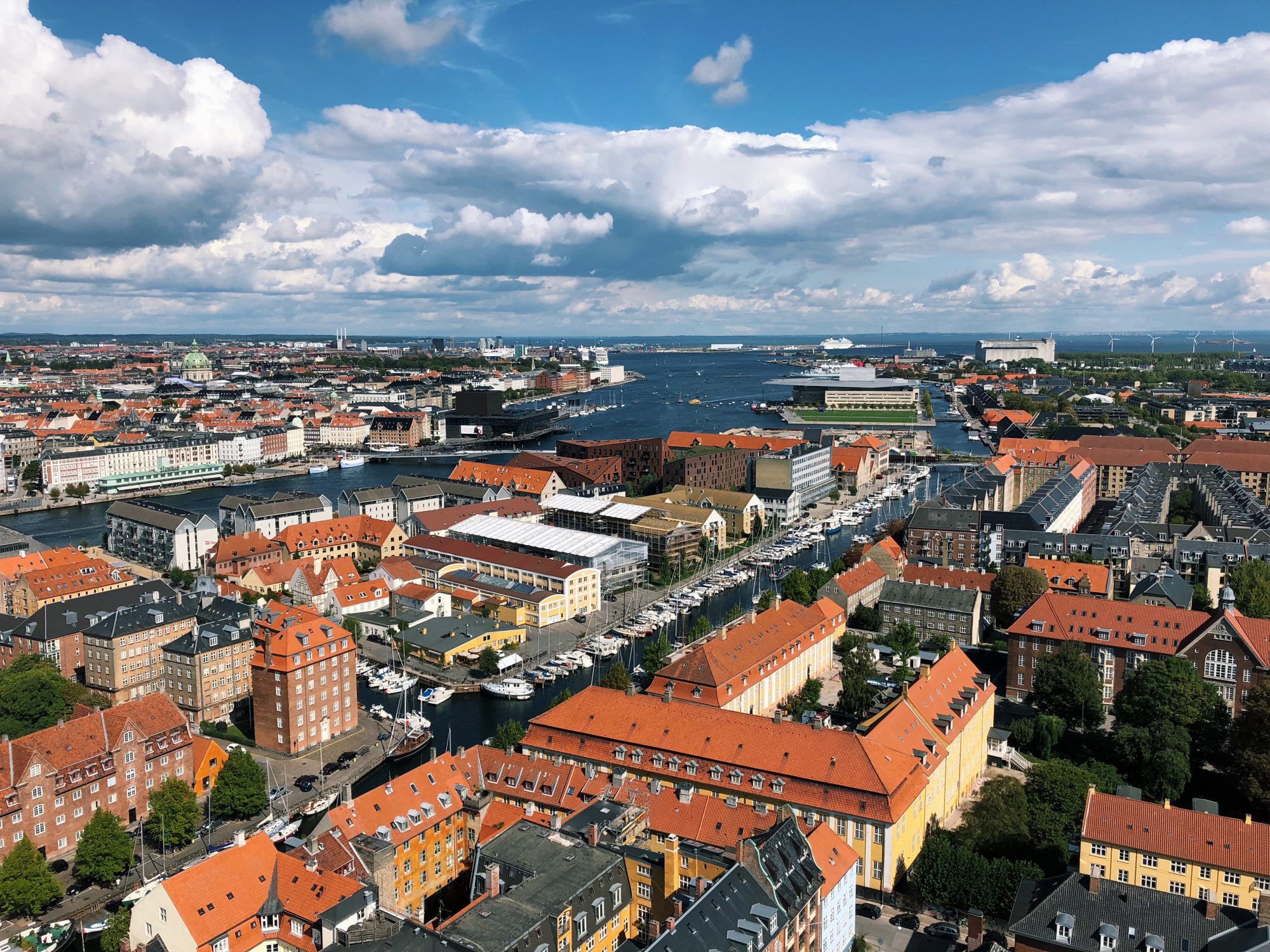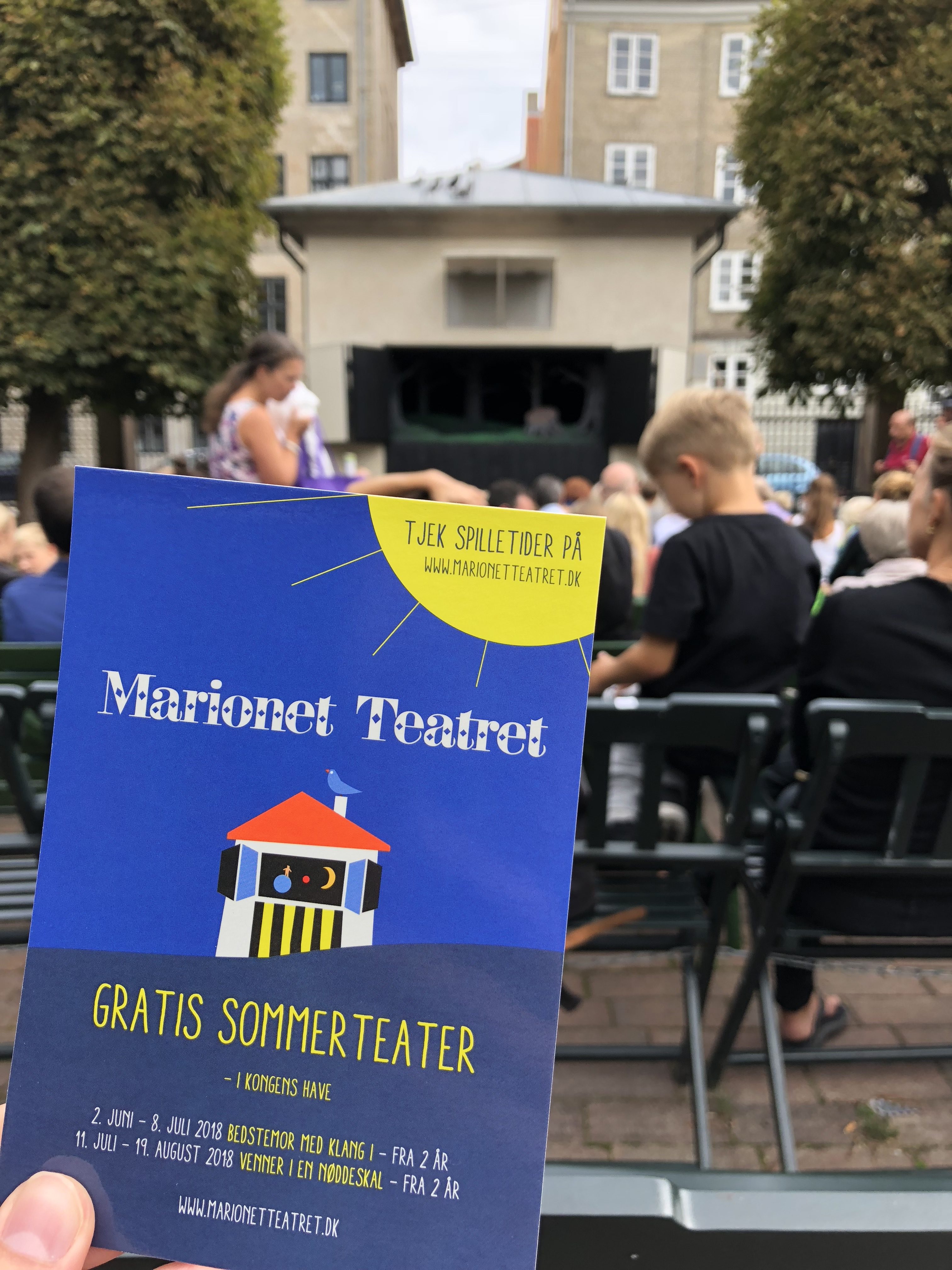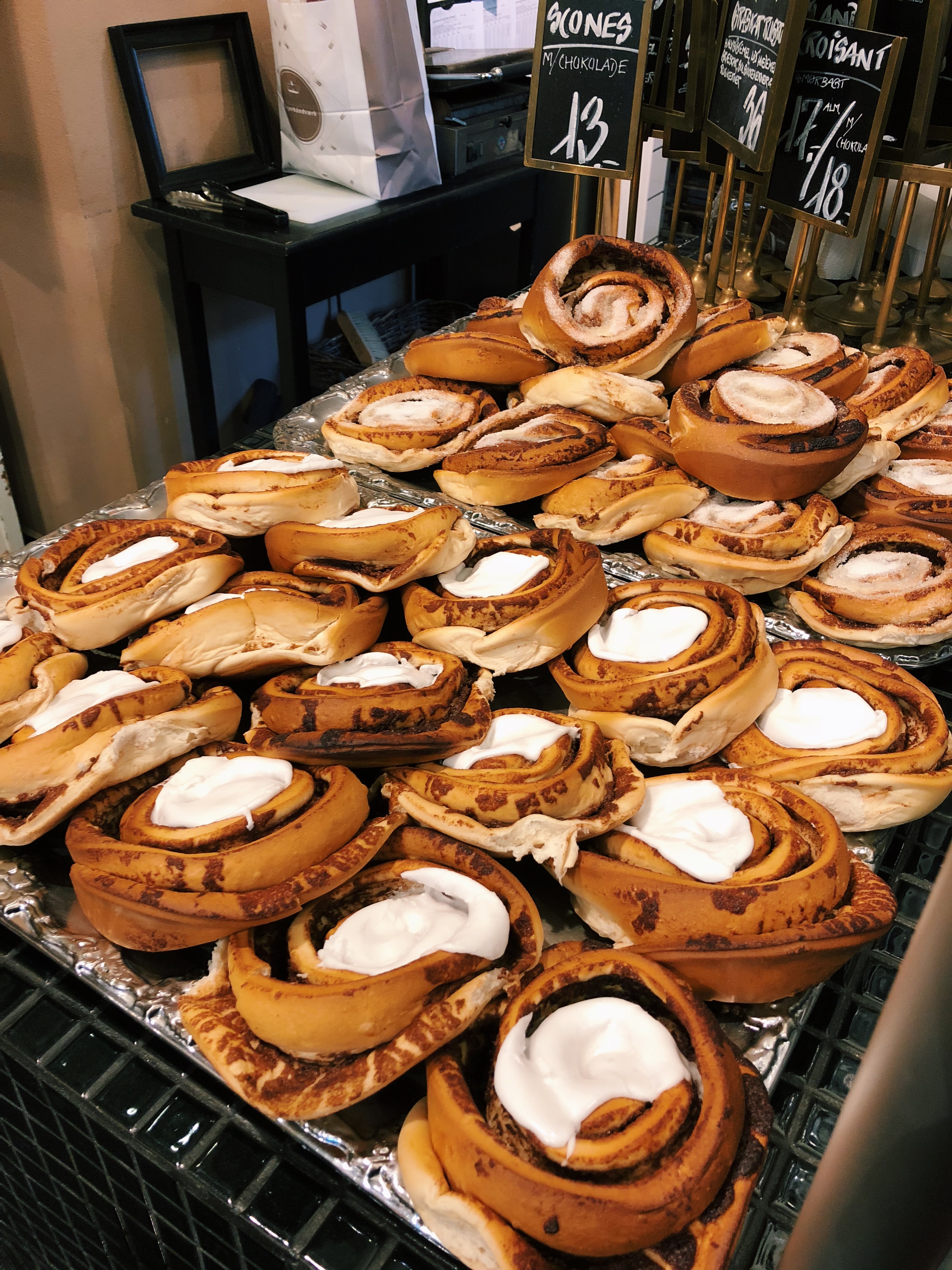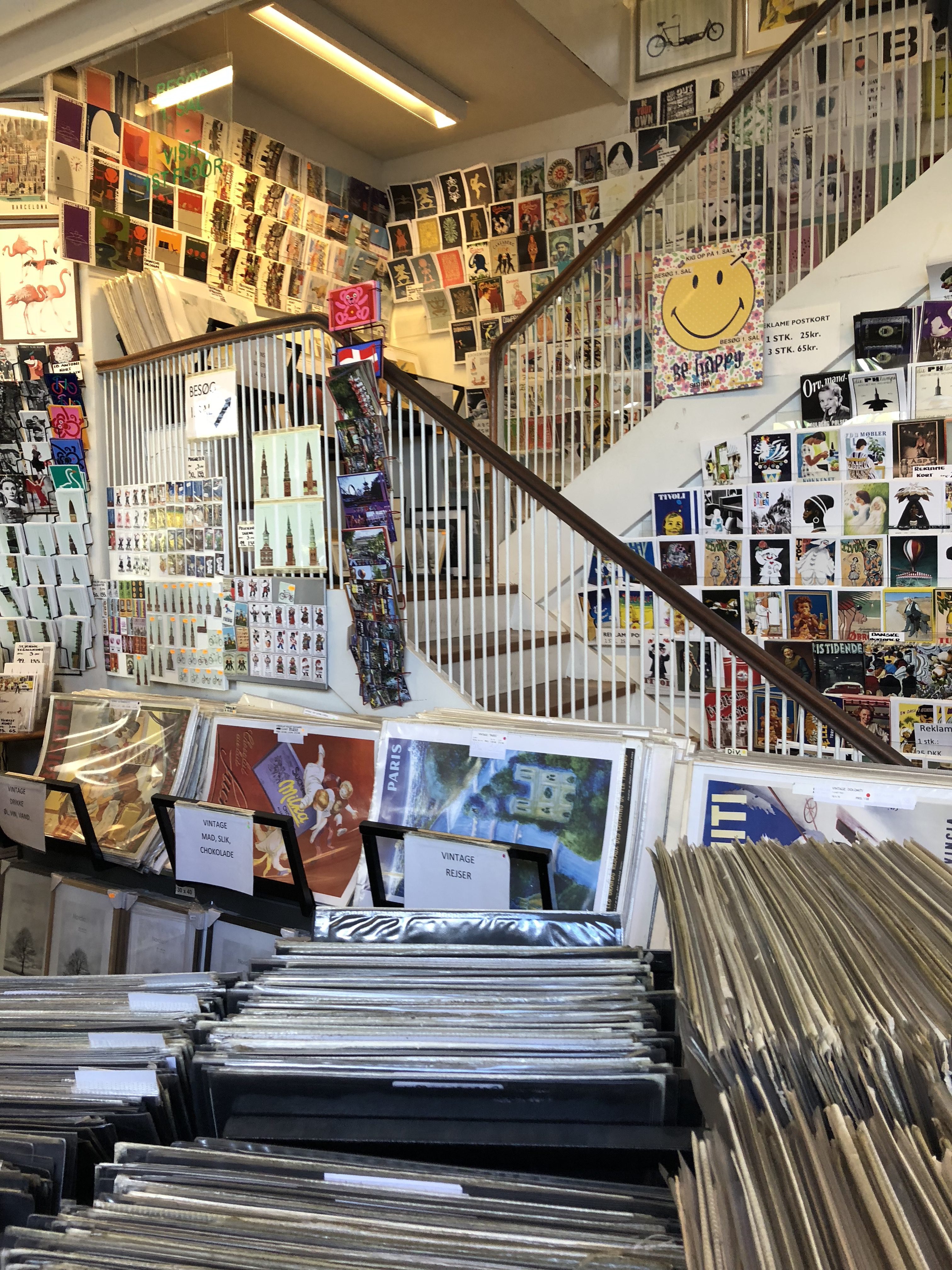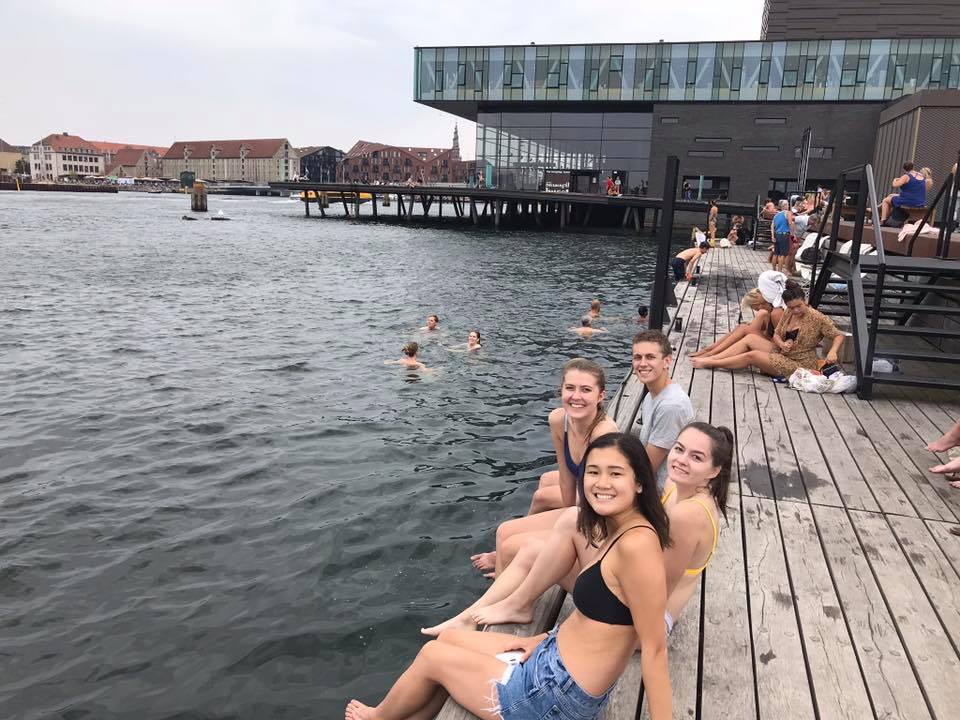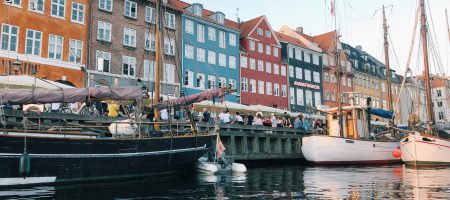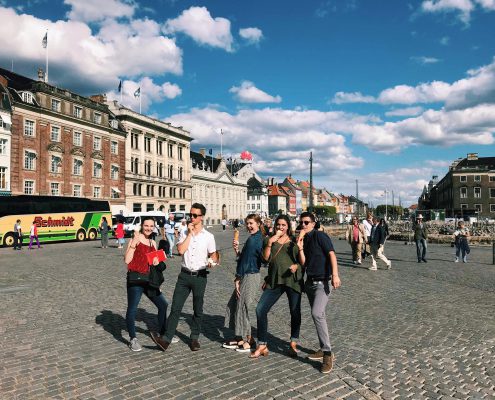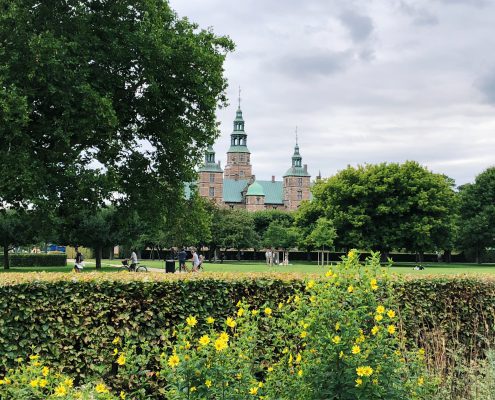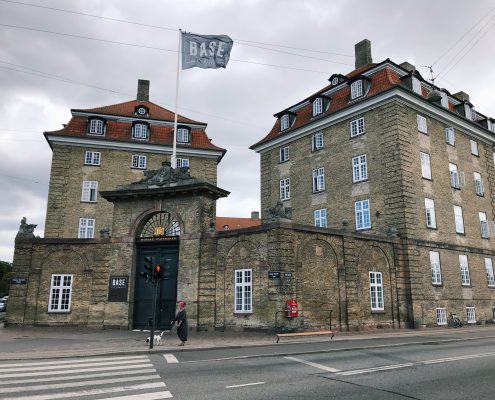Denmark | Why I Decided to Study Abroad
By Chloe Zgorzelski
Two flights and one long travel day later, I have made it home to Los Angeles! I still can’t believe my time studying and living in Copenhagen has come to an end and winter quarter at UCLA begins in a little less than a week.
Since I am often asked why I decided to study abroad, in particular, why I chose the city of Copenhagen, I decided it would only be fitting to wrap up my posts about my exchange adventure reflecting on my time across the pond. I chose to study abroad because I wanted to learn from, be exposed to, and gain a deeper understanding and appreciation for a culture that is different from my own. When I became a UCLA Bruin almost three years ago, I knew studying abroad was one of those unique university experiences that I had to take advantage of. Not only would this opportunity enrich my educational career, but I was confident it would diversify and broaden my worldview in ways I could not even fathom.
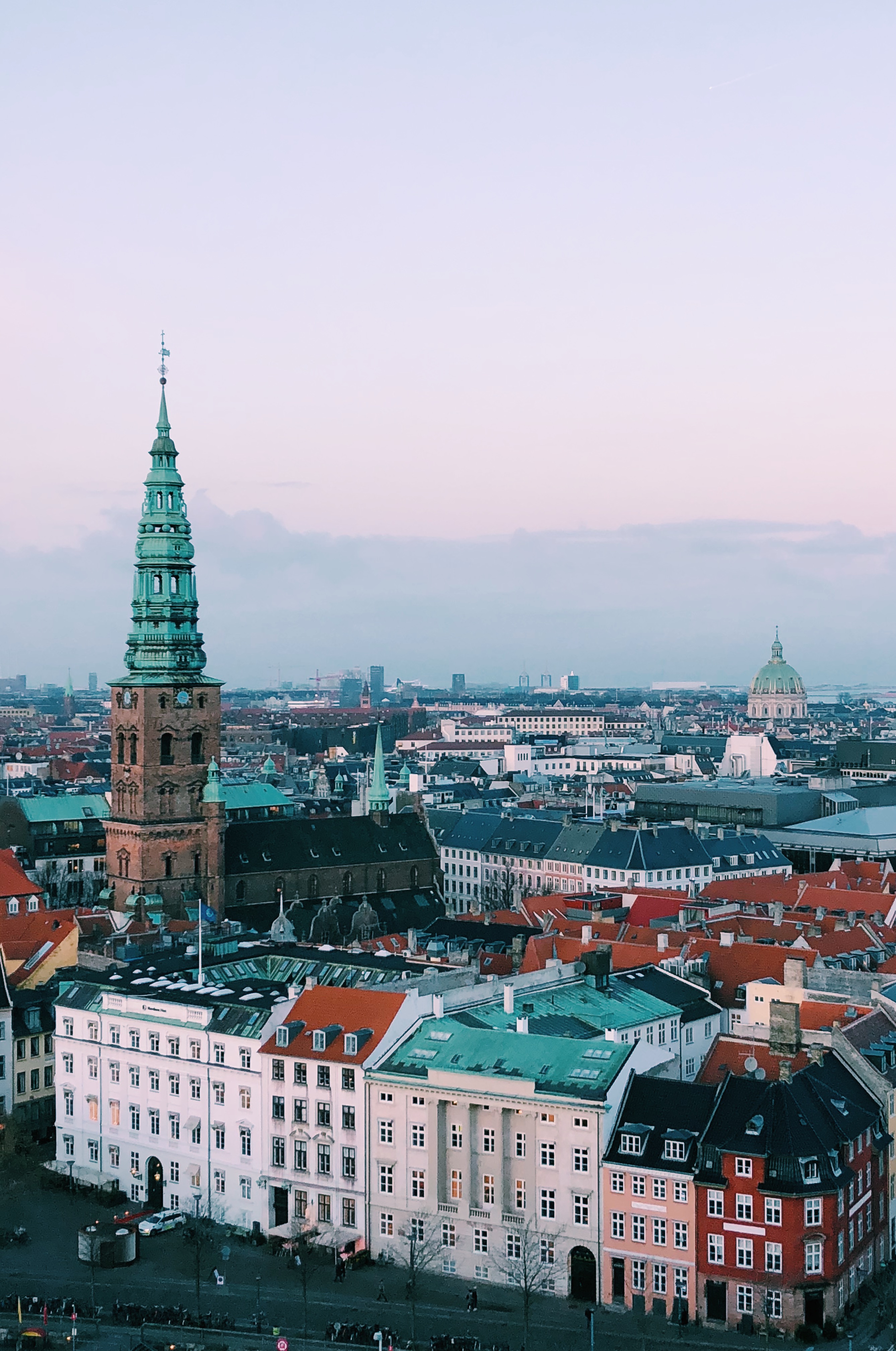
I started planning during my freshman year, setting up meetings with the counselors in the UCLA IEO office and researching many different programs throughout Europe. For a long time, my heart was set on completing a program in either Spain or Italy. Yet, when I discovered UCEAP’s program at University of Copenhagen in Denmark, I knew it was the perfect fit for me.
As a student who actively pursues opportunities that encourage personal growth, I was drawn to Denmark’s excellent educational system, emphasis on living sustainably, and unique blend of tradition and modernity in architecture, art, and culture. Denmark is consistently rated one of the happiest countries in the world, a fact that I felt was compatible with my optimistic outlook and positive demeanor. I also admired the Danes focus on utilizing education as a means to create innovative, real-world solutions, an emphasis I believed would satiate my desire to be challenged academically and collaborate with others. Moreover, I discovered the program would allow me to enroll in and complete upper division coursework through the University’s renowned Psychology Department. Not only would this supplement the strong educational foundations that UCLA has fostered in me, but it would also allow me to stay on track to graduating with a double major in 2020.
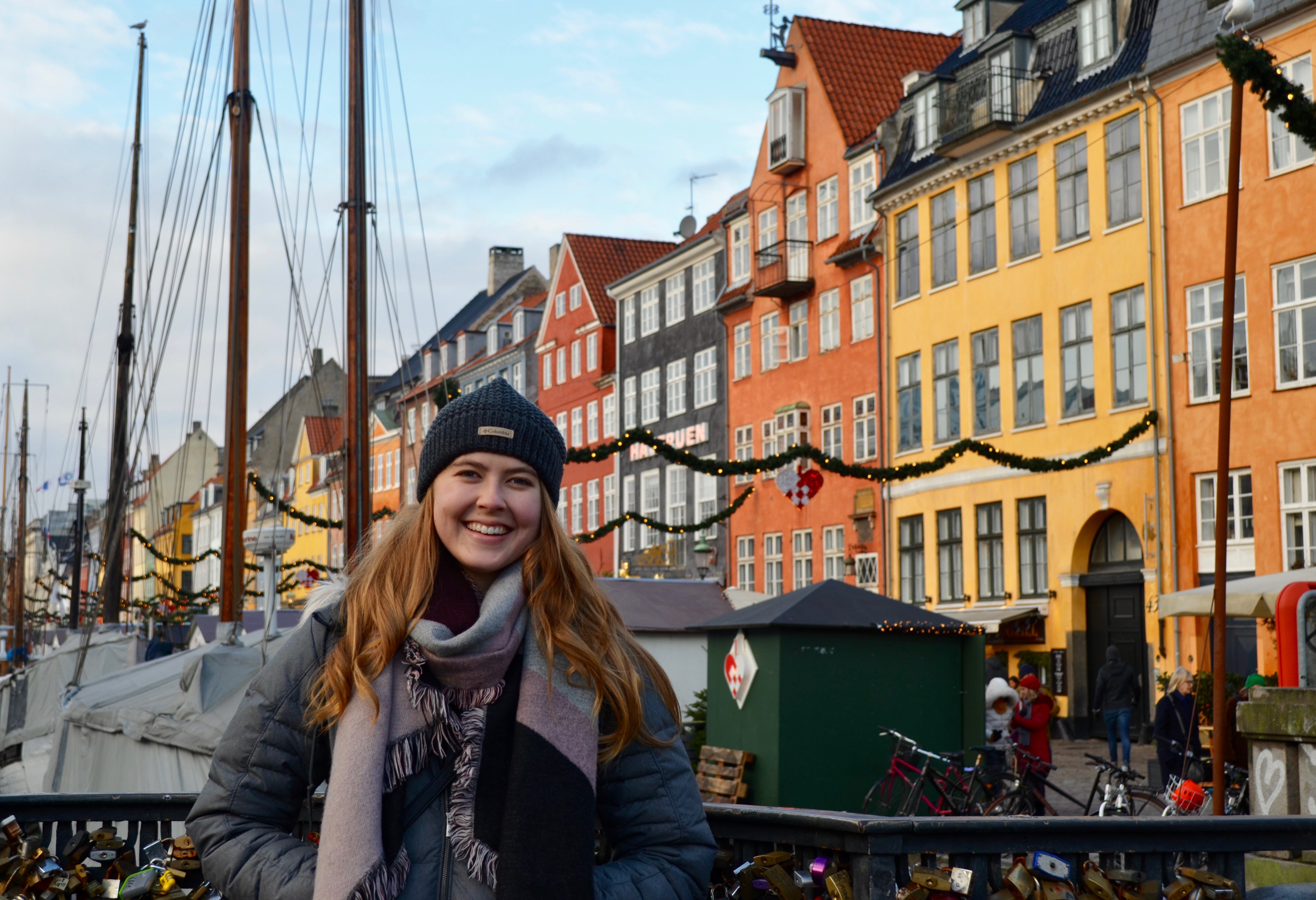
As the first UCLA student to submit an application for this program way back in October 2017, there is no doubt that I had been looking forward to this experience for a long time. The time I spent and the experiences I had in Denmark prompted immense personal growth and allowed me to foster deeper global connections. Not only have I embraced an attitude of ‘hygge’, a Danish term that embodies warmth and coziness, but I also feel I have become more mindful. I am more intentional about taking the time to slow down and appreciate, enjoy, and experience the present, a skill that often gets lost in our increasingly fast paced world. My interactions with the Danes reinforced my belief that life should be lived with authenticity and intentionality. I also feel I have become more independent, self-reliant, and confident in myself as a result of my time in Copenhagen.

It was always my desire to share what I have learned from my experiences abroad with others and to use my newfound knowledge and cross-cultural understanding to make a positive and tangible impact within my community. Here’s hoping that 2019 brings more opportunities to travel, live well, and learn abroad!

xo Chloe
Chloe Zgorzelski studied in Copenhagen, Denmark in 2018: http://eap.ucop.edu/OurPrograms/denmark/Pages/univ_of_copenhagen.aspx




